Admiral John Benbow
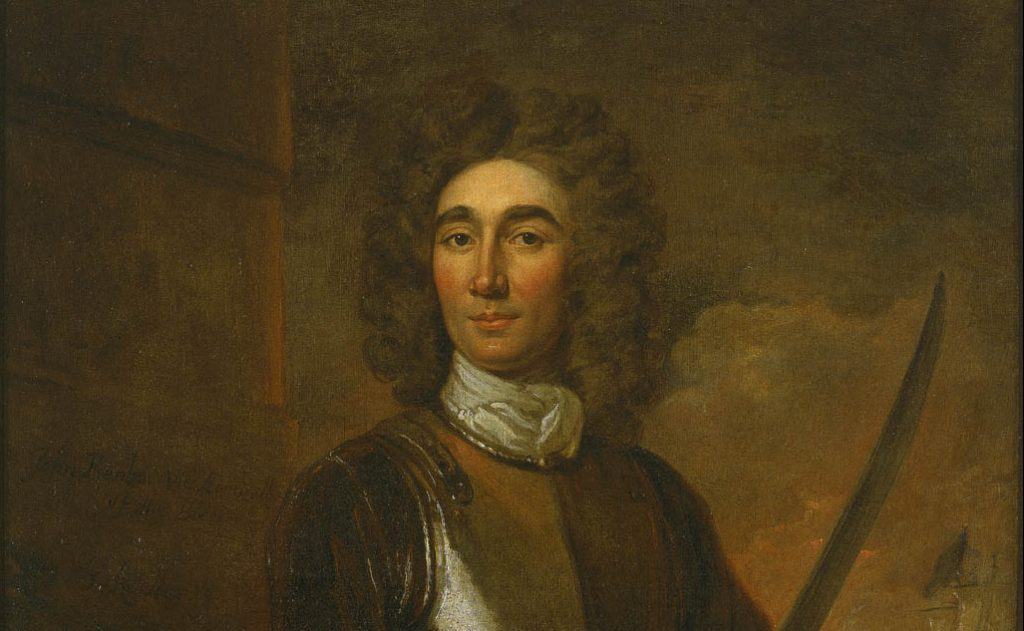
Admiral John Benbow put crazy on the map back in 1701 during the War of the Spanish Succession when his fleet came up against French warships. After a few hours, the French decided to run off. Benbow, a sucker for closure, went after them alone on his own ship, battling them for five days. During this time he shattered his leg in a canon blast. To oversee the ensuing battle, he had his bed brought up onto deck.
Michael J. Fitzmaurice
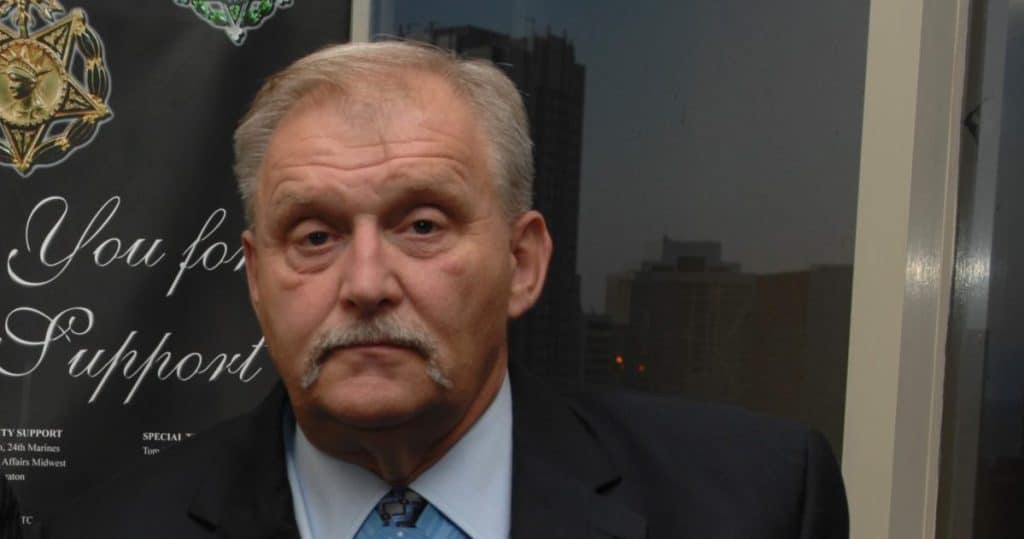
What would you do if someone threw a grenade by your feet? Most of us would probably panic, then be blown into a dozen pieces. Congressional Medal of Honor recipient Michael J. Fitzmaurice came up against no less than three grenades on a single occasion during the Vietnam War. Fitzmaurice had the reflexes to throw two away before jumping on the third. The explosion left him partially deaf and blind but it didn’t prevent him from running outside shooting at the enemy. When a fourth grenade destroyed his rifle, he killed a man with his bare hands.
Yogendra Singh Yadav
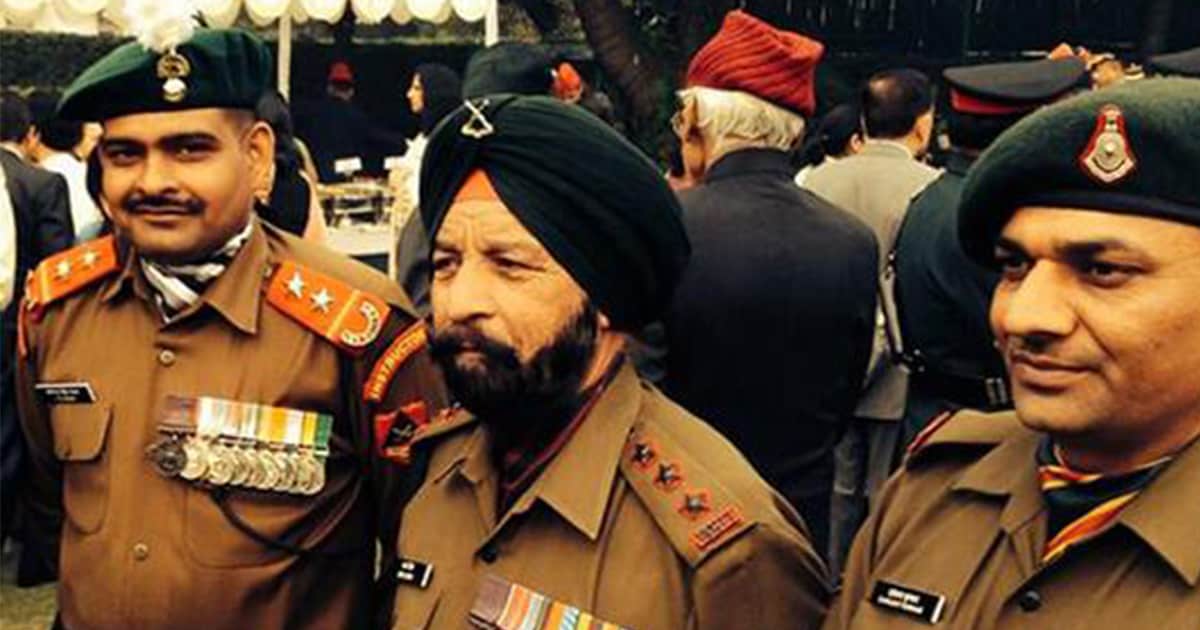
Back in 1999, Indian Army Major Yogendra Singh Yadav (pictured above right) was climbing a hundred-foot mountain when Pakistani troops began shooting at him and his squad. Nearly everyone but Yadav was killed, but that only spurred on his hunger to win. After reaching the top, he ran through gunfire and threw a grenade in a bunker. In the second bunker, he killed four men with his bare hands. He was later awarded with the Param Vir Chakra.
Matt L. Urban
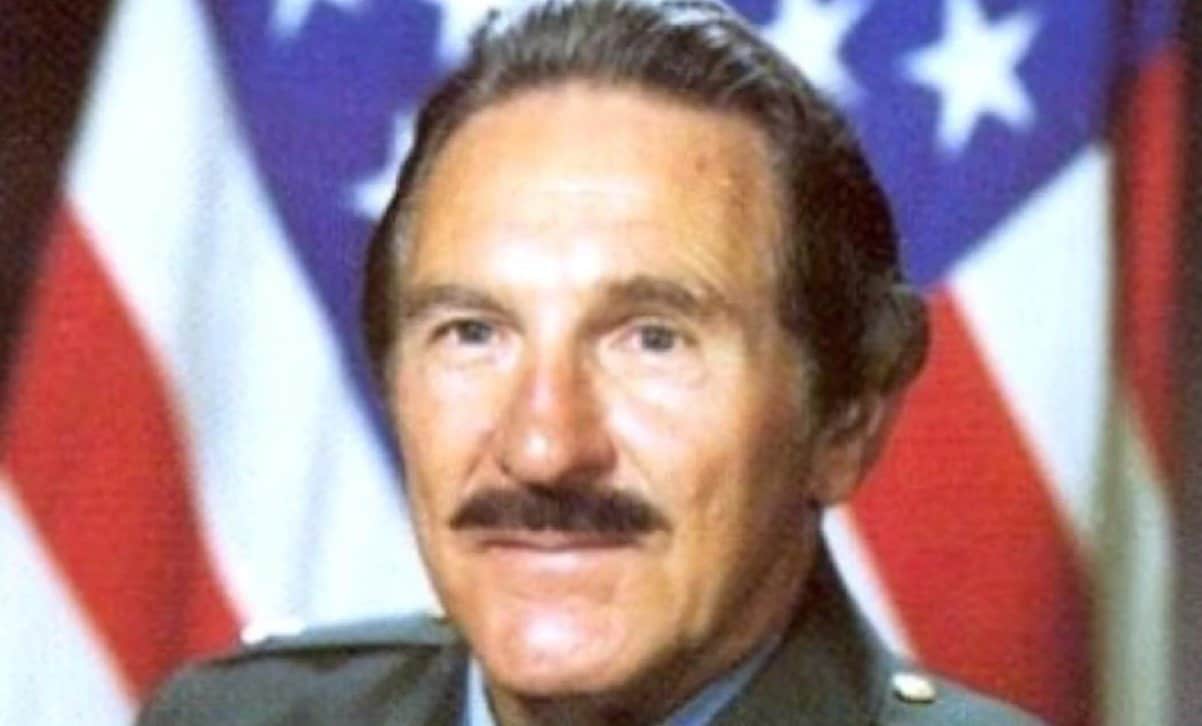
Dubbed “The Ghost” during World War II because nothing could stop him coming back for more, Matt L. Urban was a US Army Lt. Colonel. With an unquenchable taste for battle perhaps never seen at the time, Urban once broke out of English hospital and hitchhiked to Normandy to fight with his squad. He ended up taking shrapnel to the chest before receiving a shot in the neck. His efforts won them the victory, and Urban lived to see another 51 years.
Simo Hayha
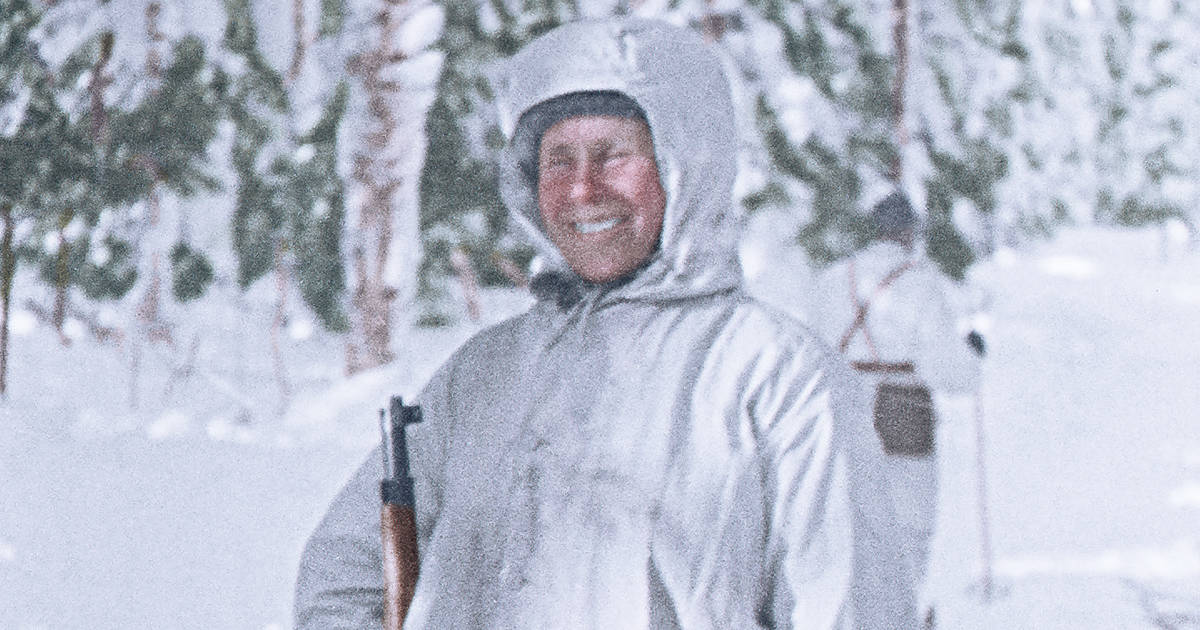
This Finnish farmer was laughed off by the Soviet Union prior to their invasion of his country in 1939. Unbeknownst to them, Hayha had served one year of mandatory military service and had a whole heap of crazy in his brave heart. Sat waiting in a tree in -40 degrees for the Russians, Hayha ended up taking out 705 enemy soldiers. Even being shot in the head with an exploding bullet couldn’t stop him; comatose for a week, he woke up the day the war ended, and lived to the ripe old age of 96.
Jay Zeamer
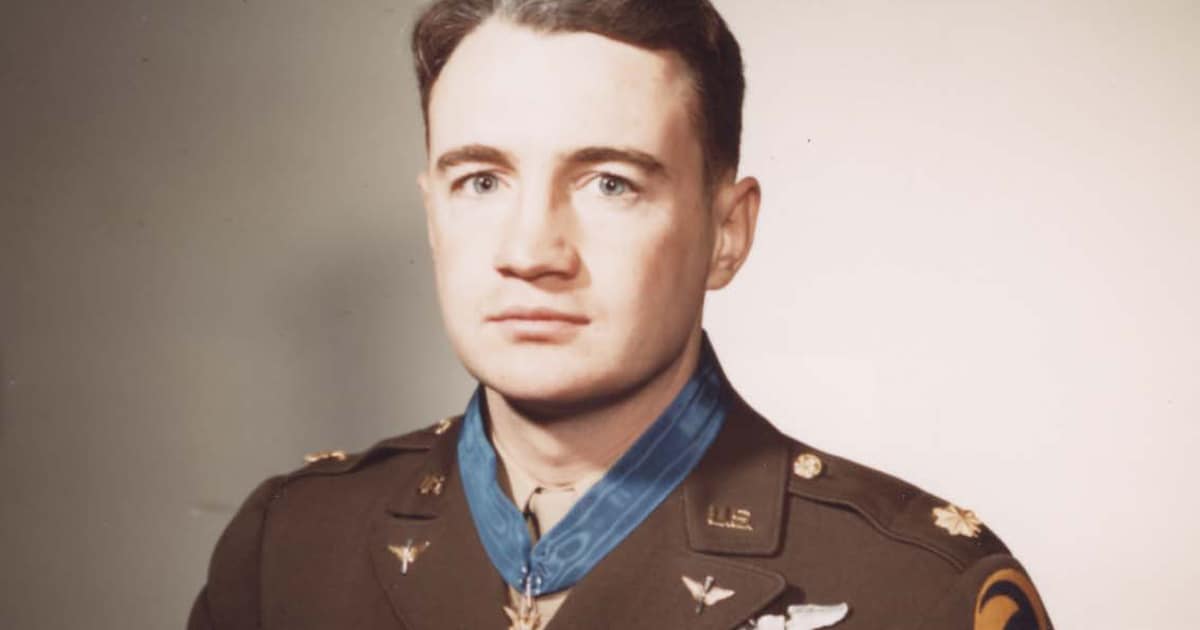
Nobody wanted to work with USAF pilot Jay Zeamer and his crew of outcasts. Luckily for him, there was a plane that nobody wanted to fly either : a battered B-17 with a tail number ending in 666. Zeamer earned adulation for his ramshackle efforts aboard the Old 666, turning dogfights into 45-minute long battles. One such dogfight saw Zeamer’s forward gunner bleeding to death while the rudder, hydraulics and oxygen systems went to pot. Plunging down three miles in 40 seconds, Zeamer was left for dead by the Japanese only for him to make it out alive having taken down four enemy planes.
Henry Lincoln Johnson
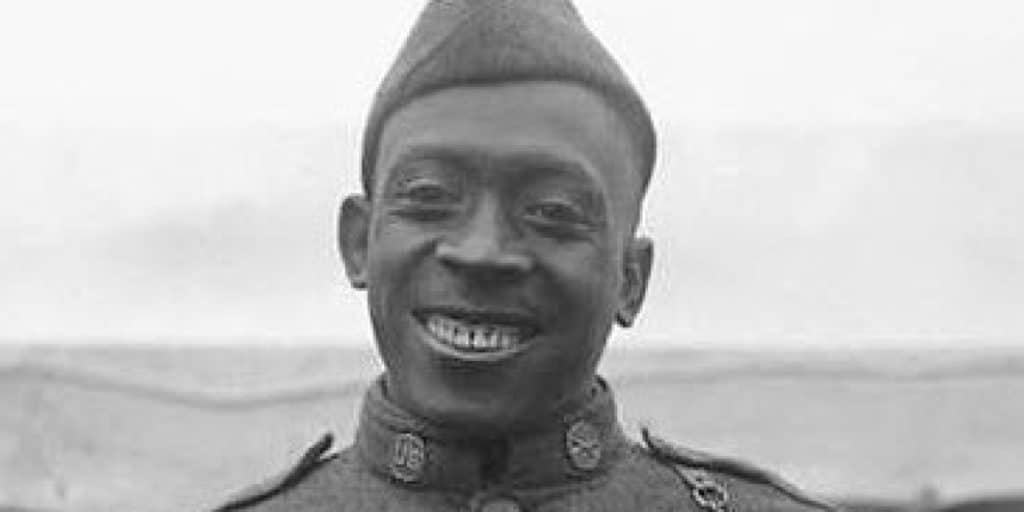
Henry Lincoln Johnson’s nickname ‘The Black Death’ might be a little close to the bone today but it was meant as a compliment to one of the US military’s craziest soldiers. During a midnight patrol in in World War I in 1918, he and a friend were attacked by Germans. When Johnson’s gun jammed, he decided to use it as a club, preventing his friend from being taken prisoner. Although he took bullets and stabbings to the face, he managed to scare the German opposition off. Johnson was given a victory parade in New York City after the war.
Jack Churchill
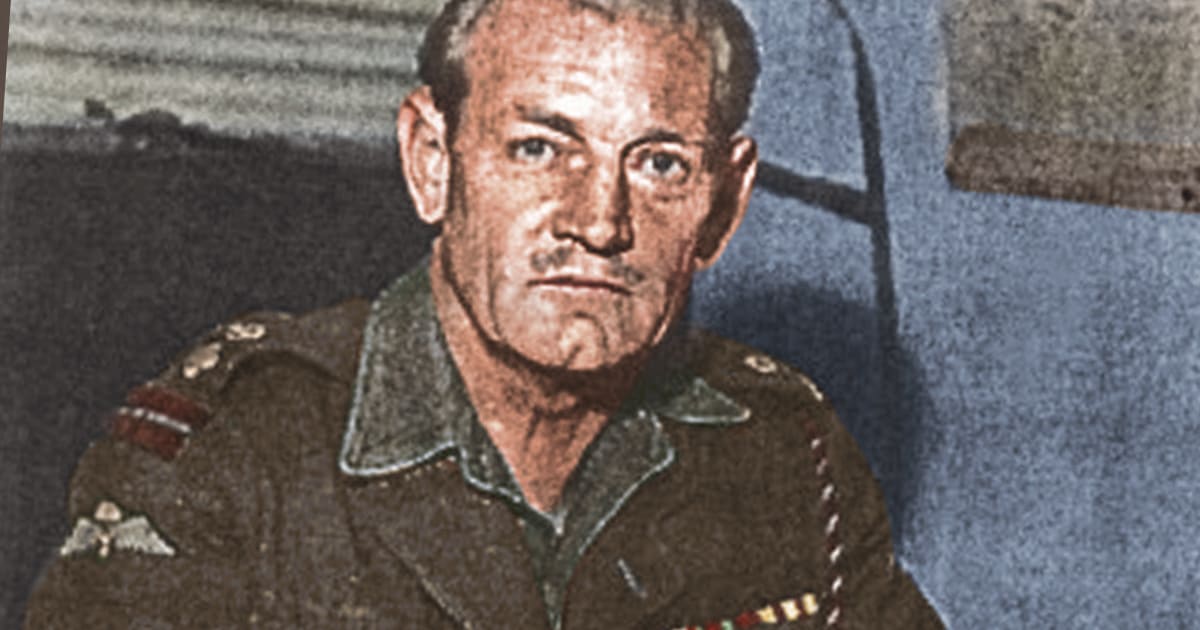
You know British Army officer Jack Churchill was mad because they gave him the nickname ‘Mad Jack’. Unconventional in every way, Mad Jack carried a claymore sword, longbow and even bagpipes into the battle-zones of World War II. He was eventually captured and put into a concentration camp but escaped. They captured him again, he escaped again. This time he walked 150 miles to get back to the war with only a can of onions to eat. By the time he reached his destination, the war was over; news he wasn’t happy about.
Alvin York
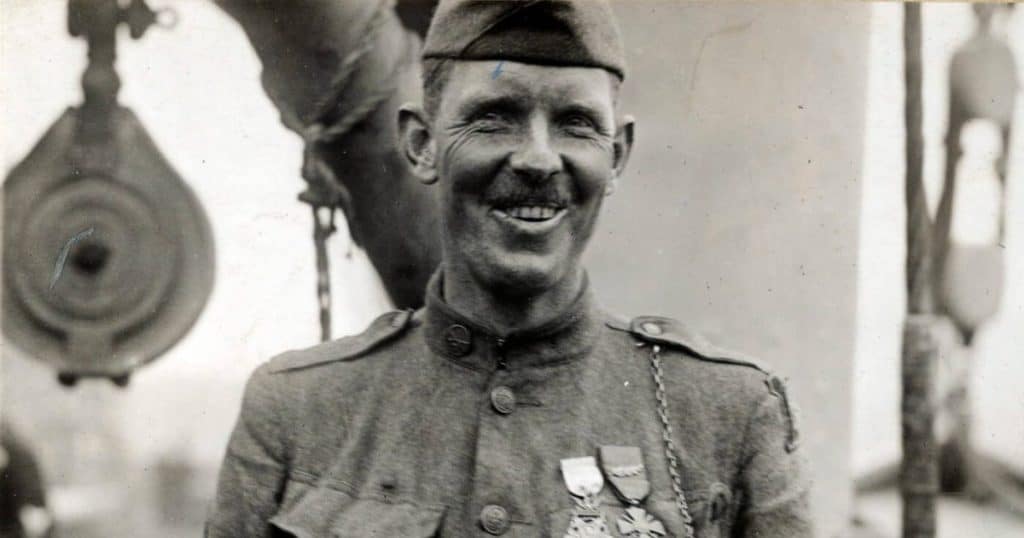
United States Army Sergeant Alvin York didn’t know he had crazy in him. In fact, in 1917 he tried to be a conscientious objector, only to be put on a task force of 17 men to overthrow an encampment in Germany. Nine were shot on arrival and the rest scarpered, except York. Now feverish with bloodlust, the one-time pacifist went up against 32 machine gunners, taking out 20 in seconds. The Germans were so shocked by this one man army they soon surrendered.
Benjamin F. Wilson
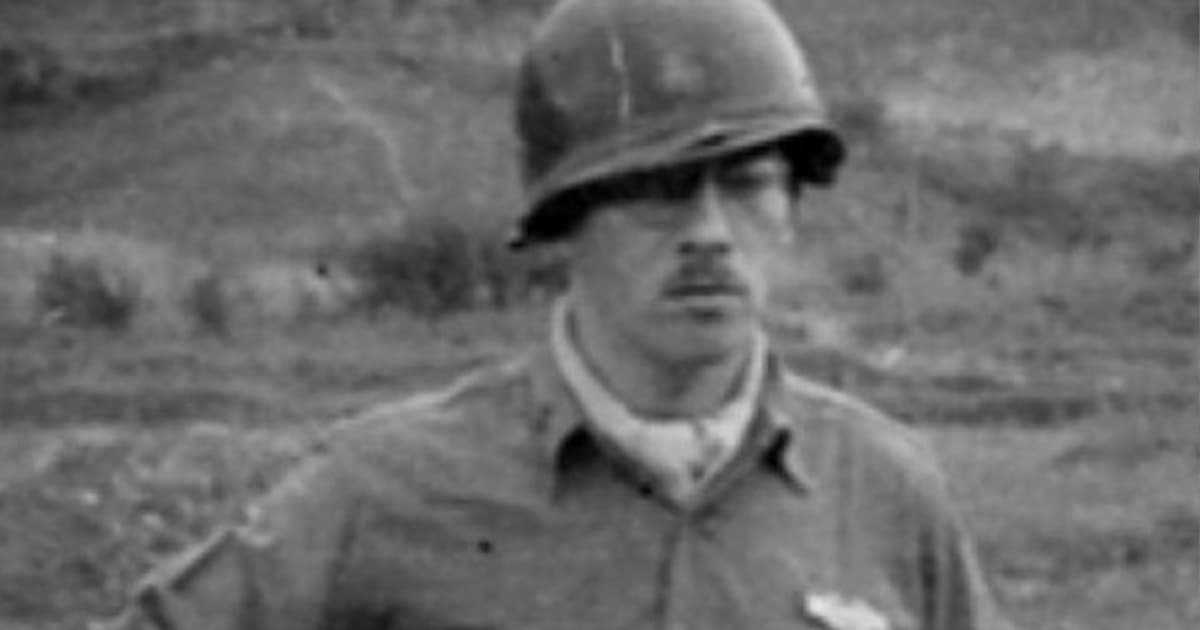
World War II wasn’t enough for US Army Master Sergeant Benjamin F. Wilson, so he enlisted in the Korean War a decade later. In charge of a place called Hell Hill, Wilson went into a one-man charge killing seven and wounding two Chinese soldiers, and being injured himself in the process. However, when his men tried to stretcher him off for treatment Wilson got off and staggered back up the hill, clobbered four more enemy soldiers with his entrenching shovel.
Digby Tatham-Warter
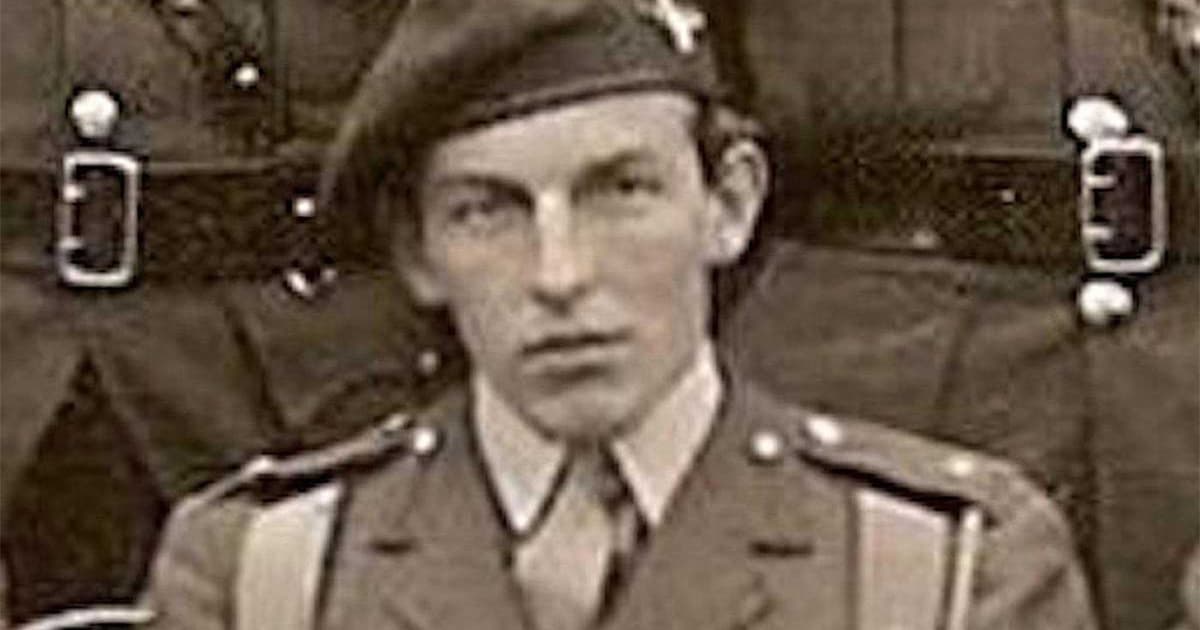
Digby was a British officer who made up his own codewords, trained his troops to communicate using bugle calls in case their radios broke, and carried an umbrella at all times in case he needed it. As if the sight of a soldier carrying an umbrella into battle wasn’t unusual enough, he topped it off with a bowler hat. When faced with an enemy armored vehicle, he did the obvious thing: he disabled the driver by poking him in the eye with his brolly. Tatham-Warter was awarded the Distinguished Service Order for his bravery in the Netherlands and went on to serve in Palestine and East Africa after the war.
Hiroo Onoda
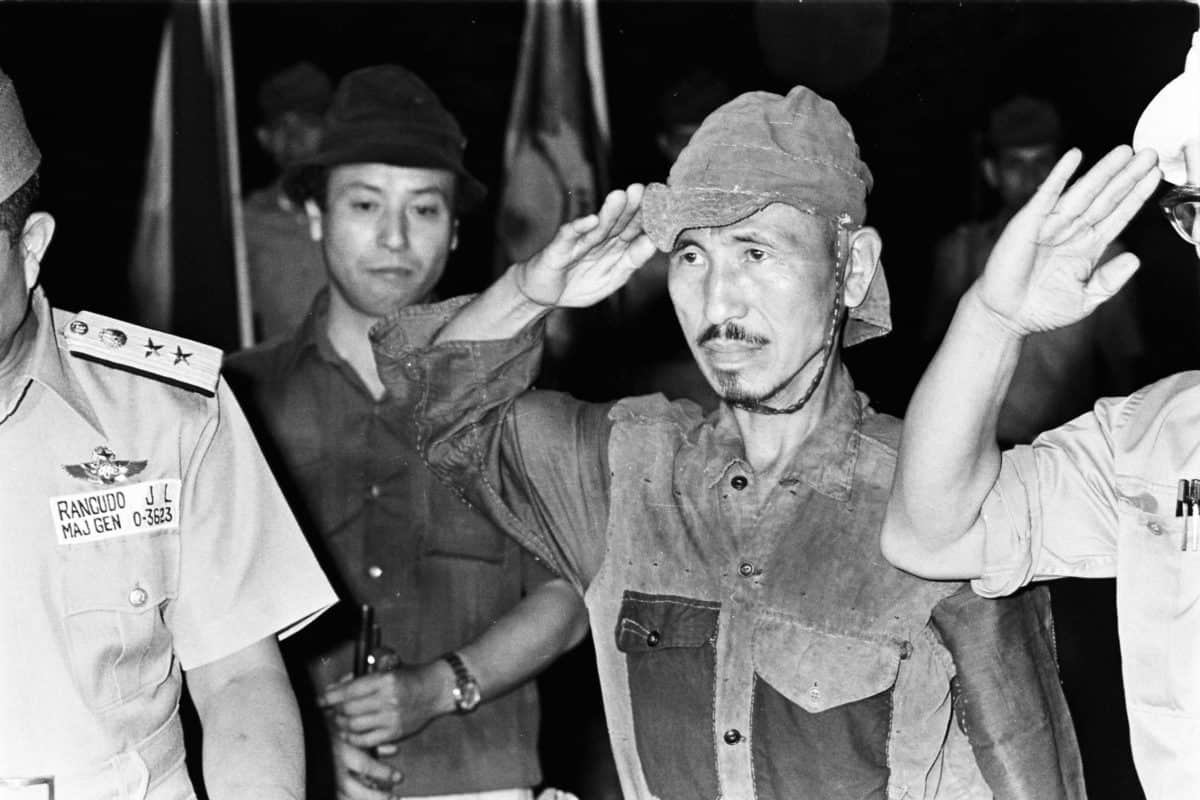
Despite World War II ending in 1945, one Japanese soldier remained on the Philippine island of Lubang until 1974. The soldier was Hiroo Onoda, who had been dispatched to make life as difficult as possible for invading American forces. Onoda was unaware that the war had ended, and once his fellow soldiers were killed or captured by February 1945, he continued to hide out in the jungle. After 18 years, Onoda was finally contacted by an unlikely source. His former commander flew to the Philippines to tell Onoda that World War II was over and relieve him of his duties. Since Onoda had killed people and stolen extensively while conducting his one-man guerilla war, the local Filipinos were furious with him. But in 1974, President Ferdinand Marcos pardoned him because he thought that WWII was still being fought. The Japanese Army offered Onoda money for the extra time that he had served, but he refused to accept it. He wrote a book called “No Surrender: My Thirty-Year War” and died in Tokyo in 2014 at the age of 91.
Leo Major
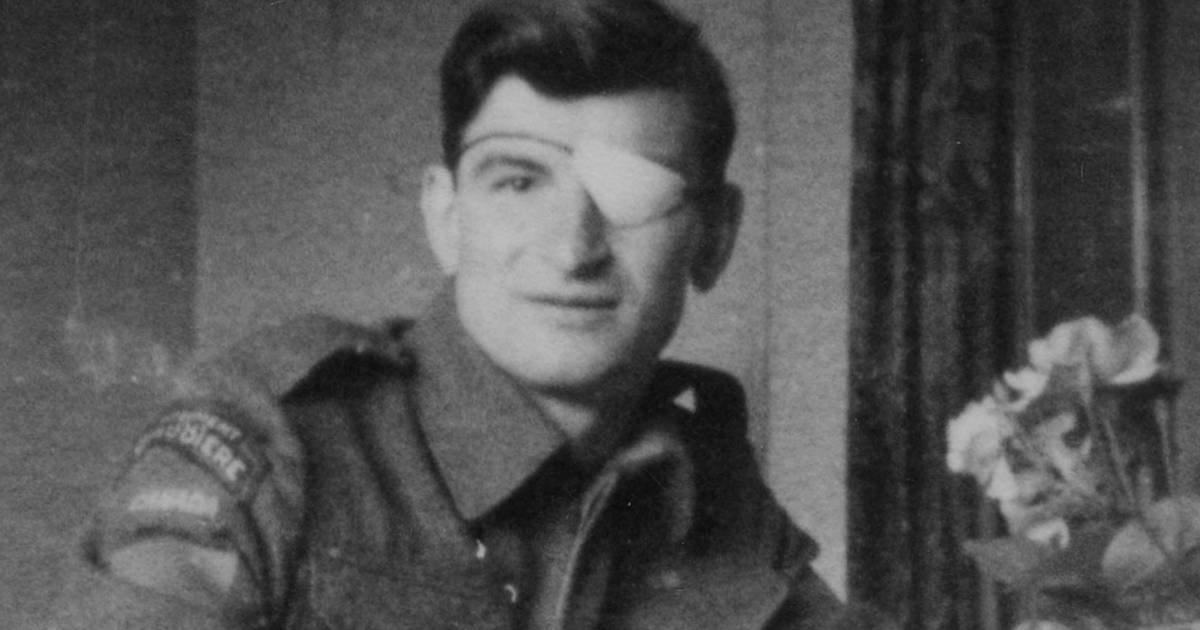
Canadian soldier Leo Major was one of the first men to step on Juno Beach during the D-Day landings. He lost an eye to shrapnel and got the nickname ‘Pirate’ because of it, but his finest hour came when he captured two Germans as a Canadian scout. He used one as a human shield and when the second went for his gun, Major shot him. Then he moved on towards a Nazi garrison where he captured their commanding officer, causing all of them to give up. In total, he took 93 prisoners, all on his own.
Charles Coward
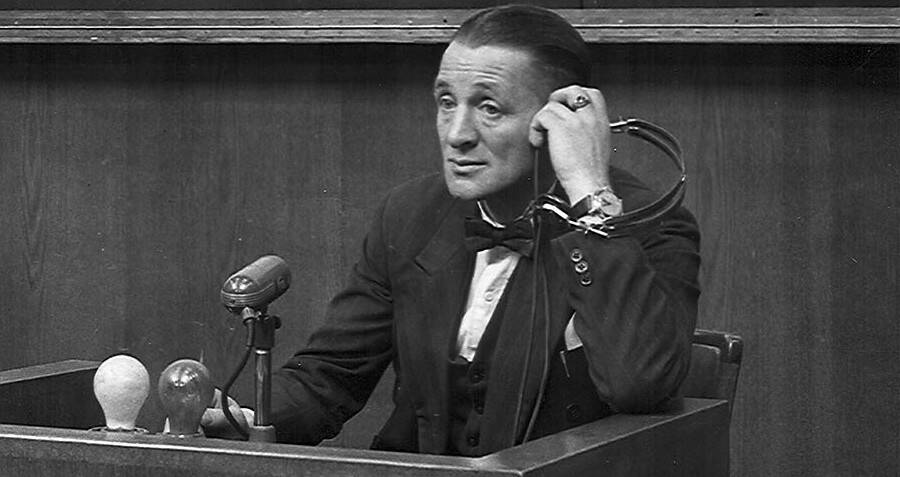
Coward, a German speaker who had been a quartermaster in the British Royal Artillery, was captured by the Germans in 1940. He made at least nine escape attempts before being sent to Auschwitz, where he was put in charge of Red Cross packages that were assigned to prisoners. This gave him access to trains arriving at the camp, where he saw thousands of Jews deposited every day. Through Coward, British prisoners of war donated portions of their food rations over to Jews and sent coded messages to Britain. He even managed to swap clothes with one Jewish inmate for an evening and sneak into the Monowitz camp to experience the conditions with his own eyes. Later, Coward used Red Cross chocolate rations to bribe SS officers and retrieve the bodies of forced laborers killed on work details. He then gave their identity documents to Jewish prisoners, and estimated that this saved at least 400 Jews from the gas chambers.
Jasper Maskelyne
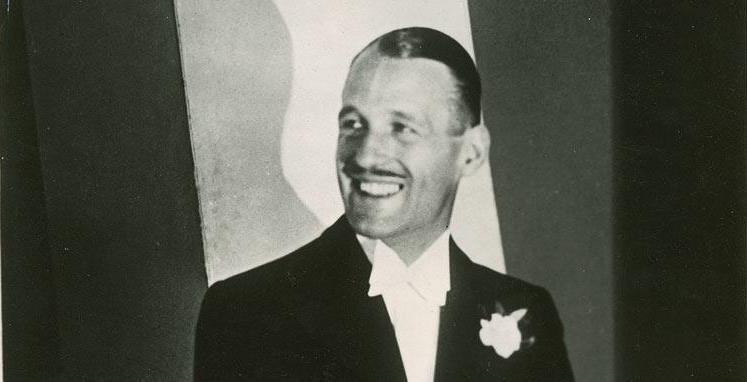
Jasper Maskelyne, who was born into a family of British stage magicians and followed in his ancestors’ footsteps, volunteered for the Royal Engineers when war broke out. Although he had little formal training, he eventually found his way to North Africa and set about training infantry in how to evade capture and disguise vehicles. According to Maskelyne, he used light to make the Suez Canal appear to disappear and dazzle German fighter planes during World War II, as well as make entire armies appear to be in another location by using dummy tanks and soldiers. He also claimed that he made the entire city of Alexandria disappear.
Witold Pilecki
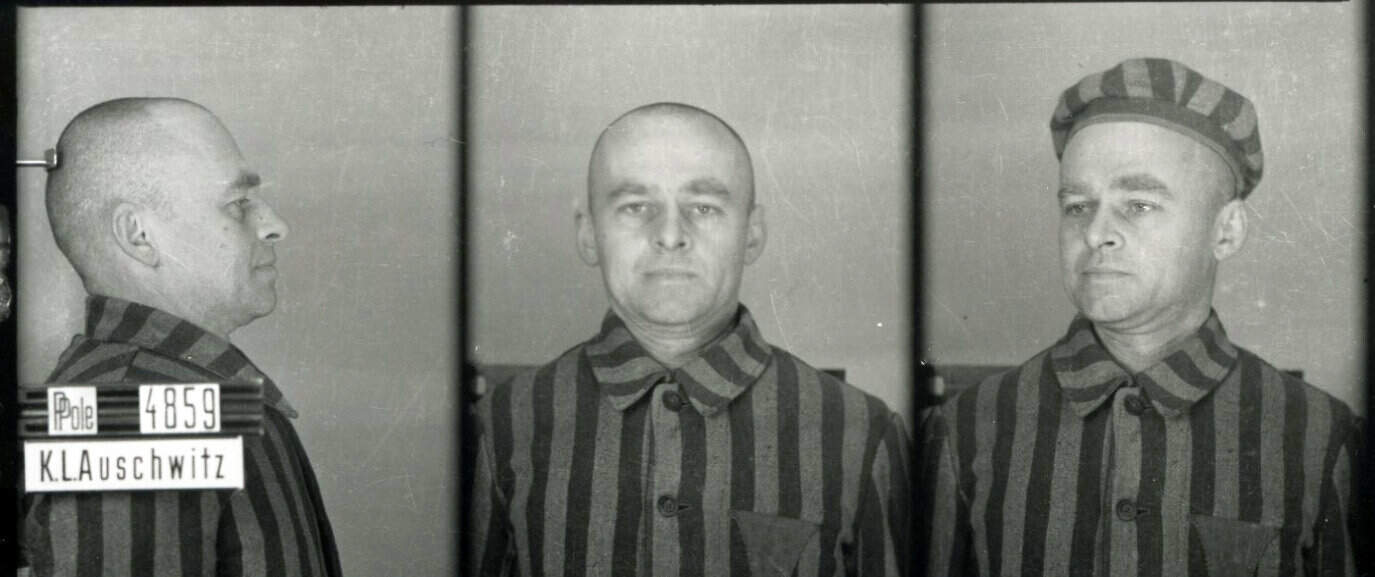
In 1940, Polish soldier Witold Pilecki hatched a plan to get himself sent to Auschwitz to gather information about the situation there and arrange a resistance movement. In order to document what was happening at the camp, he set up a covert radio station and smuggled in extra food. Pilecki contracted pneumonia while there, but still managed to escape in 1943 after two and a half years spent undercover. He overpowered the guard, cut communications lines and fled with several other prisoners. Once out, he linked up with Polish resistance forces and continued his fight against the Nazis. Pilecki wrote a report that informed the Allies about the inner workings of Auschwitz: known as “Witold’s Report,” it was the first detailed description of the death camps to reach the West.
Tommy Macpherson
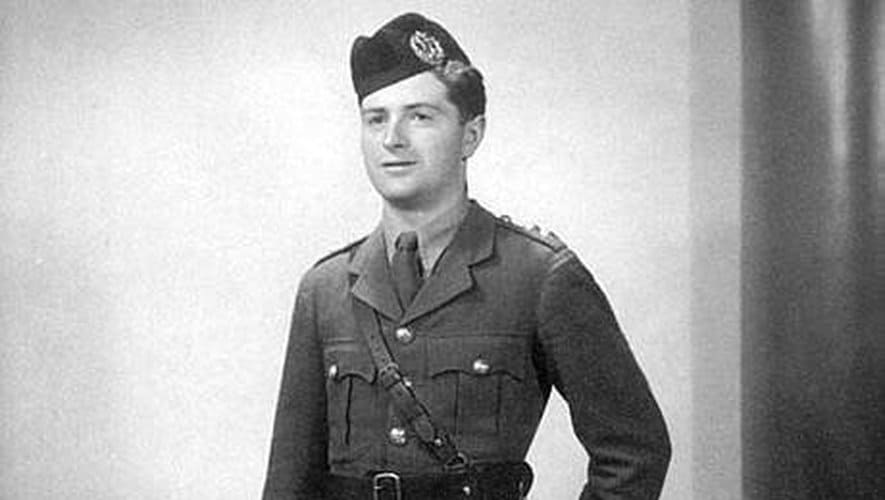
Macpherson, who was from Edinburgh and had played rugby for Scotland, was highly decorated for his wartime service. Wearing his full battle dress and kilt, Macpherson parachuted into southern France in June 1944. He was a remarkably effective resistance fighter, destroying infrastructure and constantly harassing the enemy. His actions earned him a personal bounty on his head as well as the name “the Kilted Killer.” Macpherson continued his assault on the Axis forces until they were surrounded by Allied troops and surrendered. It’s reported that he drove through machine-gun fire in his Highland battle dress to give the surrender notice to the Germans, totally unarmed.
Douglas Bader
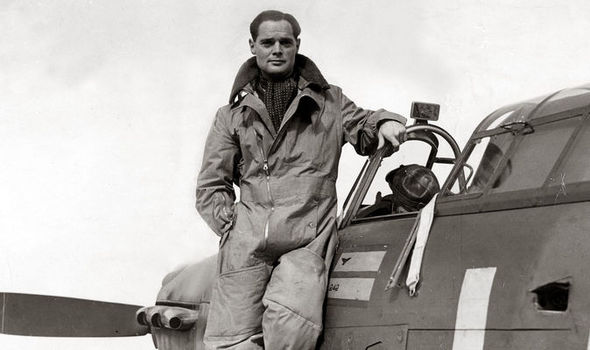
Bader was a flying ace with 22 aerial victories, a national hero in Britain and one of the most famous soldiers of the war. Moreover, he did this all despite having lost both of his legs. He was soon promoted to flying the famed Spitfire planes, the symbol of the Royal Air Force. He participated in air cover for the Dunkirk evacuation and the Battle of Britain, during which his unit was responsible for 62 aerial victories. Bader was given a Distinguished Flying Cross for his success. But disaster was around the corner. Shot down in 1941, Bader parachuted to safety but only after getting his prosthetic leg entangled in the plane. In captivity, the Germans respected him so much that they gave permission for a new leg to be sent from Britain.
Bhanbhagta Gurung
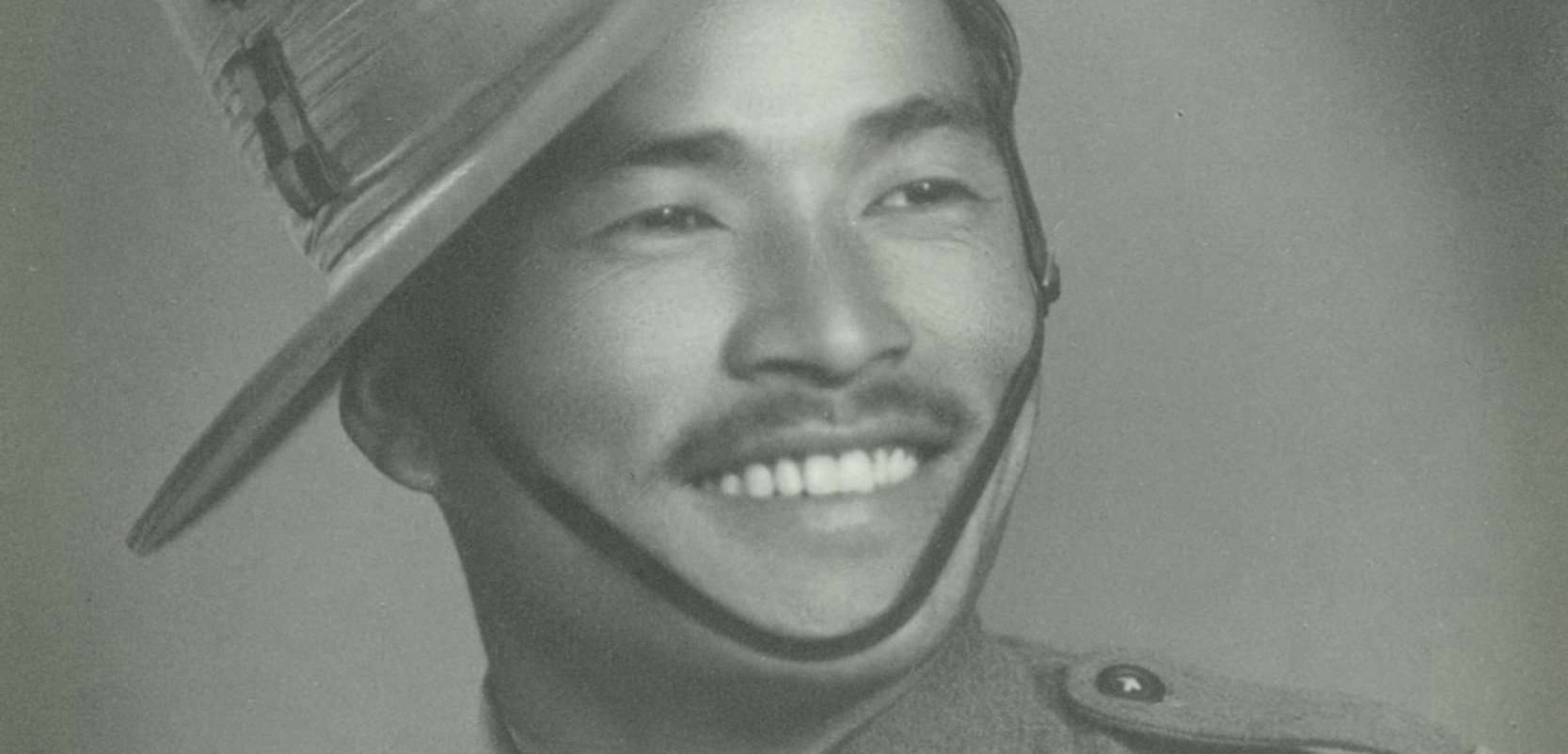
Few people have heard of Bhanbhagta Gurung, but his bravery was incredible. He was a Gurkha—a Nepalese soldier contracted to the British Army—and he was awarded the Victoria Cross, the highest honor that a member of the British Army can receive. Gurung won his award in 1945, when he was fighting against the Japanese in Burma. He was pinned down with sniper fire, but still managed to stand up and kill the enemy sniper, thus saving his section from suffering further casualties. Gurung then dashed forward alone and attacked four enemy foxholes, despite being fired upon by a machine gun. He singlehandedly took out the rest of the enemy platoon, killing many of them with his Kukri (a traditional sword). Gurung’s feats were described in a report as being performed “with complete disregard for his own safety”.
James Robinson
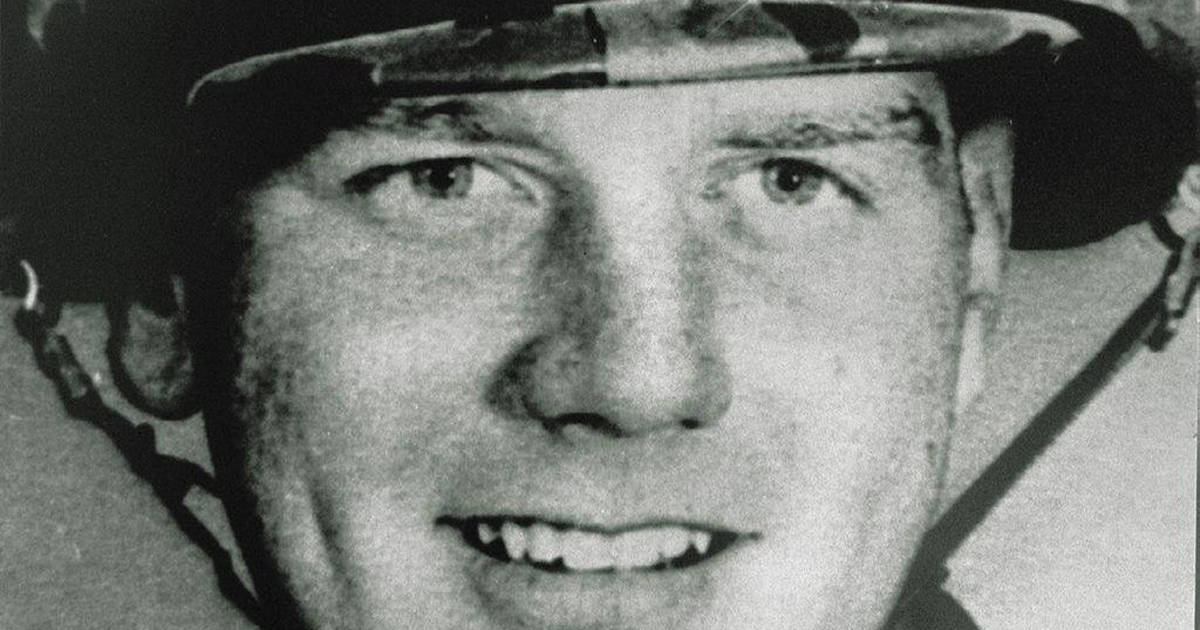
In 1966, Sergeant Robinson and his men were engaged in heavy fighting with the Viet Cong. Robinson saw that one sniper was picking off most of his troops, so he fired a 40mm grenade at the tree where the sniper was hiding. He then ran through enemy fire, picking up any ammo and weapons he could find and bringing them back to the able-bodied soldiers for re-distribution. He was soon hit by enemy rounds in the leg and shoulder, but he plunged on, dragging his comrades to safety and administering first aid. He was struck in the leg by an enemy tracer round, which ignited his clothing. Ripping off the burning piece of clothing, he continued onward despite sustaining three more chest wounds. Throwing his grenades into the enemy position, he destroyed it and fell dead on the battlefield. For this act of extraordinary heroism, he was posthumously awarded the Medal of Honor.
George Cairns
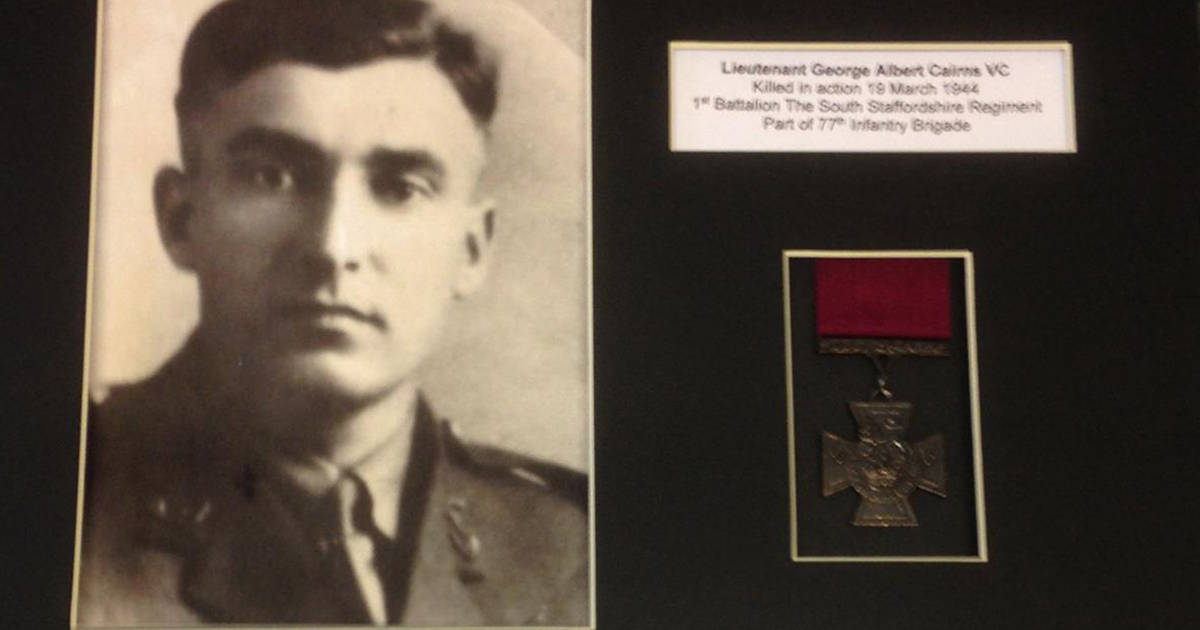
George Cairns was a lieutenant in The Somerset Light Infantry (Prince Albert’s), British Army, attached to the South Staffordshire Regiment in Burma during World War II. At 11 A.M., after his unit had been ambushed by Japanese soldiers, Cairns was hit by an enemy sword and had his arm hacked off. Despite his severe injuries, he picked up the sword and began attacking the enemy. Cairns killed several Japanese soldiers before succumbing to his wounds. He died the following day. Another soldier described his willpower to keep fighting despite his injuries a “miracle.”
Joseph F. Merrell
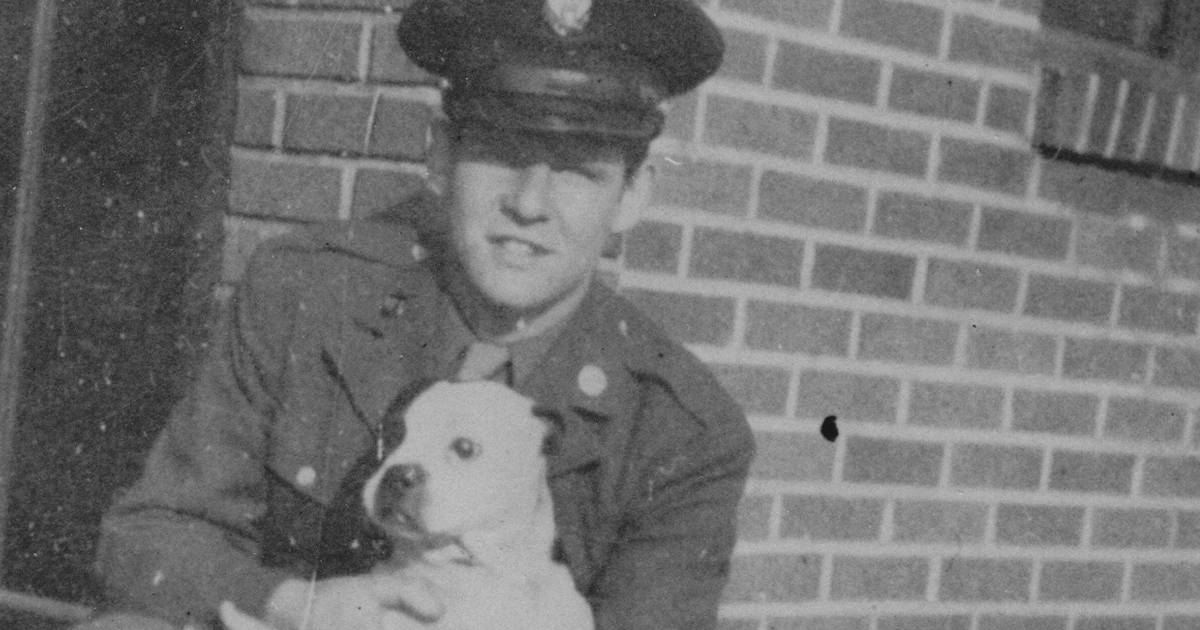
While his unit was pinned down by riflemen and two heavy machine guns, Joseph F. Merrell got the great idea to charge at the enemy alone. Armed with only a few grenades, Merrell zigzagged through enemy fire and destroyed multiple machine-gun nests. Even after sustaining a bullet wound to the stomach, he kept going. Though he had succeeded in his mission, he was killed by machine-gun fire a moment later. In his attack, he had singlehandedly taken out a total of 23 Germans and saved his unit.
John Basilone
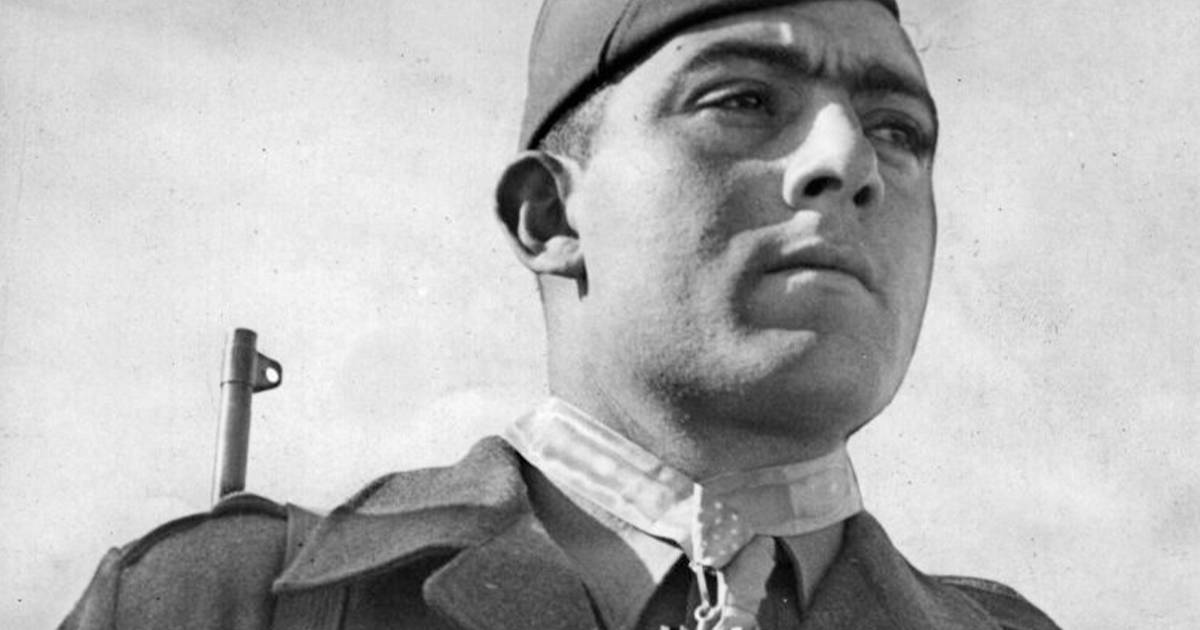
Sergeant John Basilone was a gunnery sergeant in the United States Marine Corps who was the only Marine to receive both the Medal of Honor and the Navy Cross during World War II. At the Battle of Guadalcanal, Basilone defended a narrow pass with his gun team. He subsequently turned down a safer, base training position but returned to action. At Iwo Jima, he gave his life on the battlefield.
Adrian Carton de Wiart
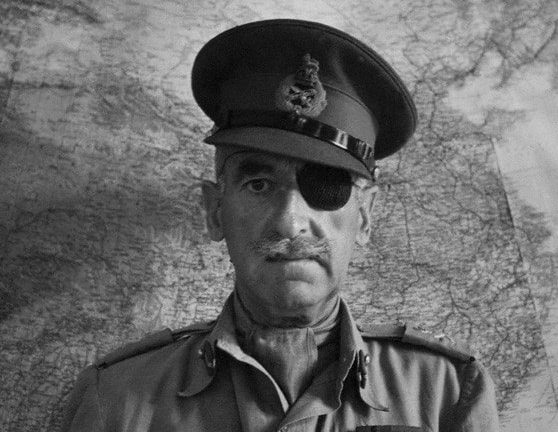
Over four wars spanning six decades, Belgian-born British Army officer Adrian Carton de Wiart gained a reputation as one of the most dedicated and unkillable soldiers of all time. The officer sustained 11 grievous injuries—including being shot in the face, head, hand, stomach, leg, groin, and ankle—and was seen by his men pulling the pins of grenades out with his teeth and hurling them with his one good arm during the Battle of the Somme.
Audie Murphy
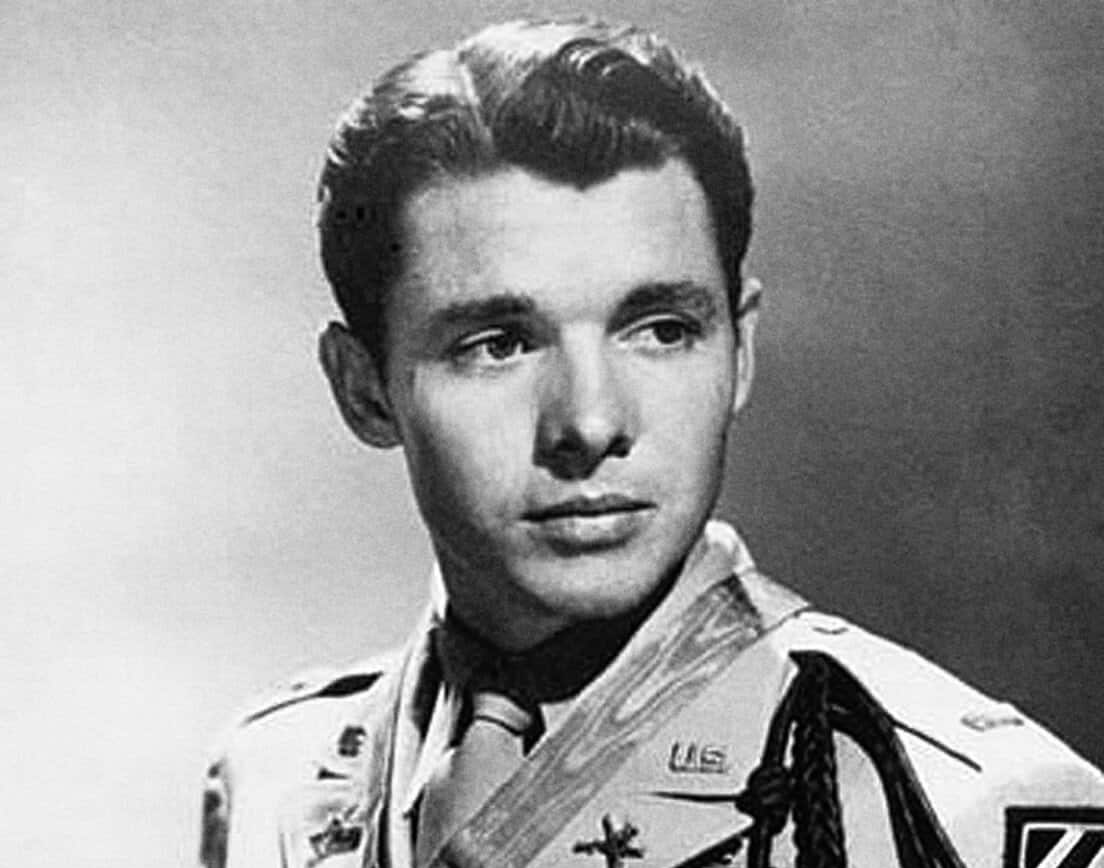
Audie Murphy, a short baby-faced Texan, distinguished himself as one of the most decorated heroes in World War II. He alone held off an entire German attack and prevented the Allies from being overwhelmed by mounting an abandoned tank destroyer and firing away with a machine gun until reinforcements arrived. The tank was in danger of exploding at any moment, but Murphy maintained his position for an hour – only stopping once the tank ran out of ammunition. After returning home a hero, Murphy launched an acting career and played himself in the film To Hell and Back.
Deborah Sampson
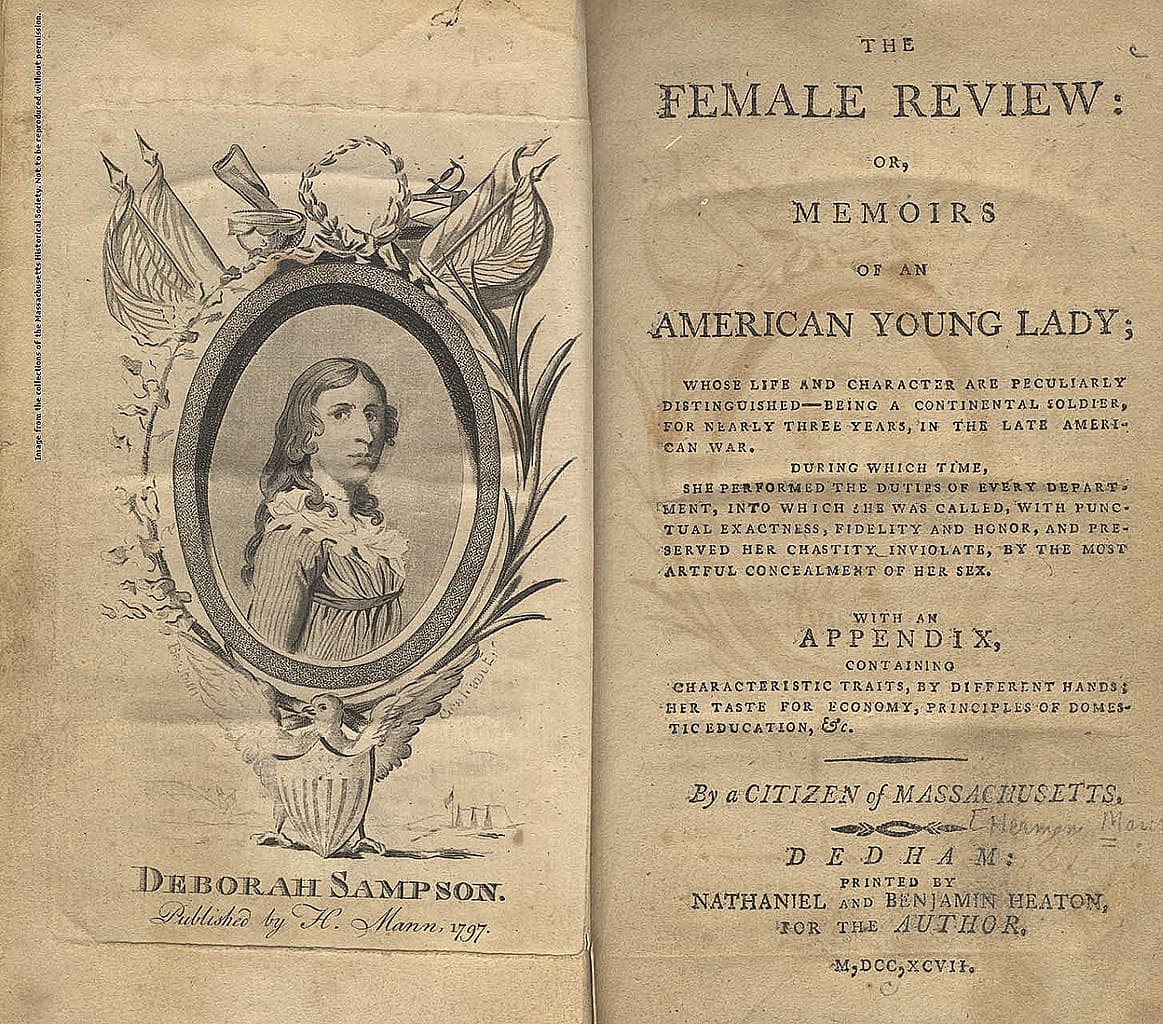
Deborah Sampson disguised herself as a man for two years to fight in the Revolutionary War. While in battle, she was shot, but she dug the bullet out of her own leg rather than be exposed. Years later, when she was gravely ill and about to die, an exam revealed that she had been female all along, and she was honorably discharged from the army. She became one of the first female lecturers and wrote several books about her experiences. Her husband—one of America’s first male war widows—received a pension when he was financially ruined by the Revolutionary War.
Frank Luke
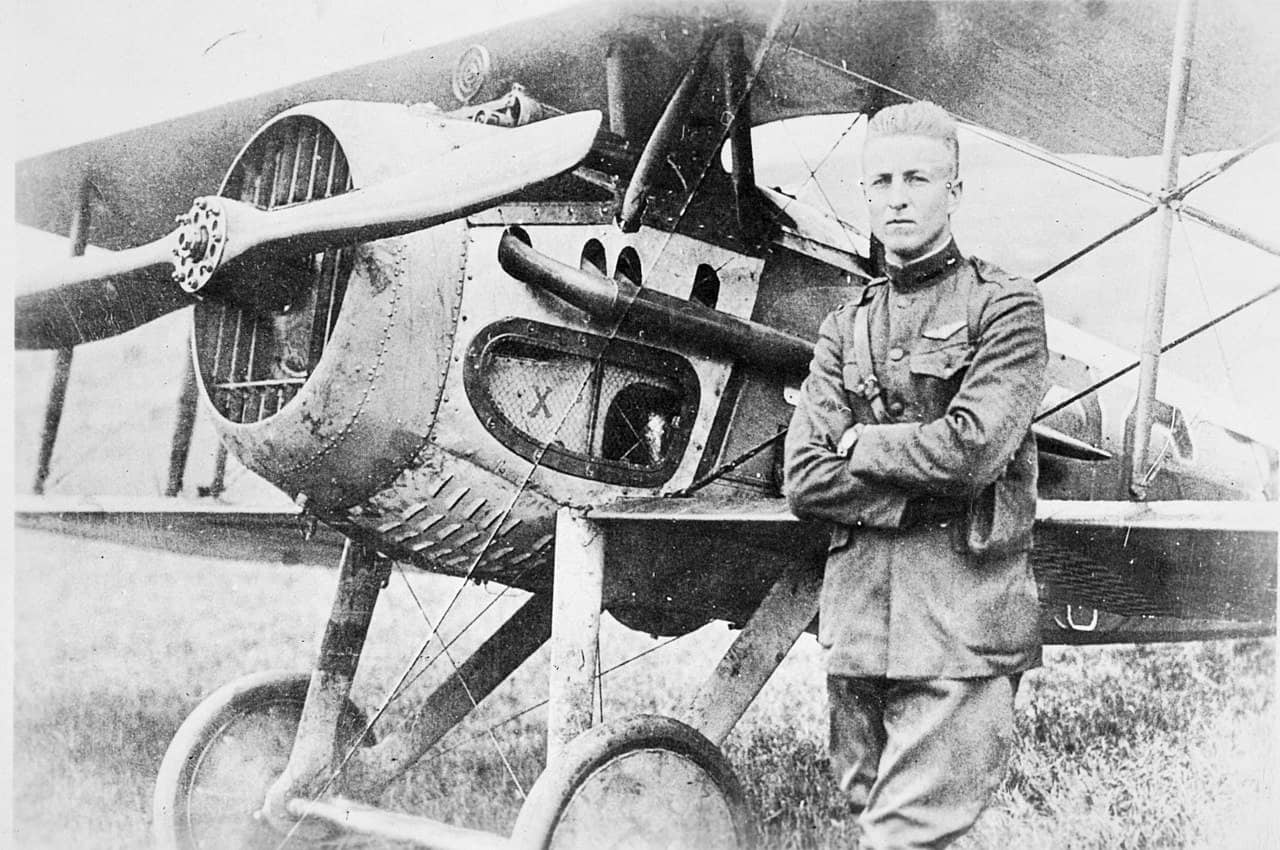
Frank Luke, a pilot in World War I, was considered a reckless fighter and earned the nickname “balloon Buster” for his ability to shoot down German observation balloons. He flew 10 missions in nine days and shot down 14 enemy balloons and four planes. One of his final flights ended tragically when he was shot down near Murvaux, France. He was awarded the Congressional Medal of Honor posthumously for his valour.
Richard Bong
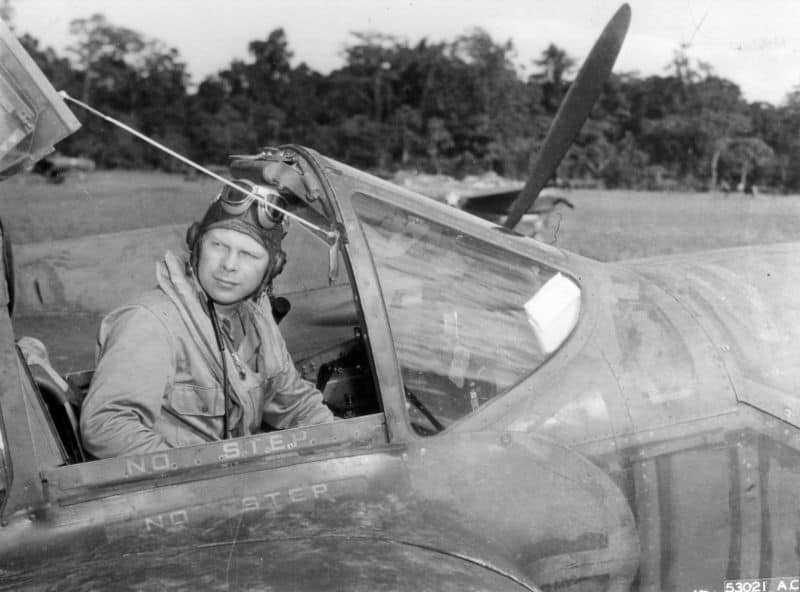
Major Richard Bong was the highest-scoring American fighter pilot in World War II, earning the Medal of Honor. Once, he even shot a crocodile from the air when he noticed it following his fellow soldiers. Bong was chosen to test a P-80, the Army Air Forces’ first jet on Aug. 6, 1945. But the test went terribly wrong and Bong lost his life. Because he died on the same day as the bombing of Hiroshima, Bong’s death received little notice at the time.
John Hannah
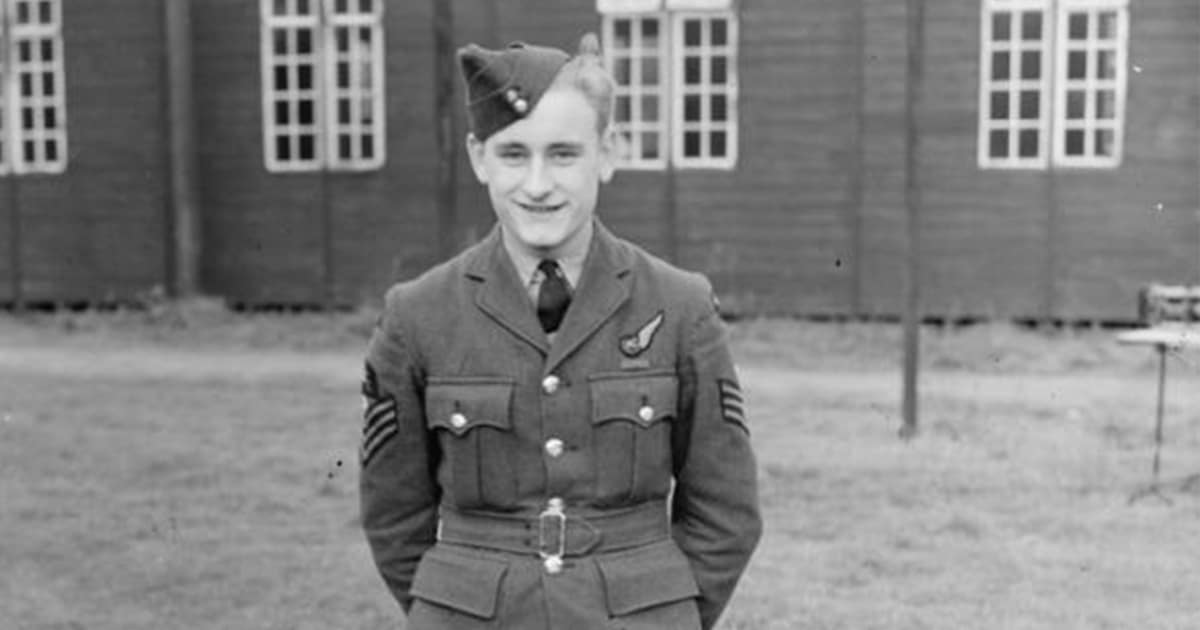
On September 15, 1940, Sergeant John Hannah was a wireless operator and air gunner on a bombing mission to Antwerp, Belgium. After releasing its bombs, his plane was hit by anti-aircraft fire. As flames engulfed the plane, rather than jumping to safety, Hannah fought back with two fire extinguishers. When the extinguishers ran out and the logbook he was using to beat out the flames had become too hot to touch, Hannah used his own hands to stop the spread of the blaze. Despite suffering burns to his eyes and face in the process, Hannah managed to stop the fire before being taken to hospital for emergency treatment. He was awarded a Victoria Cross (VC) for his incredible bravery. He was 18 years old at the time.
Eric Lock
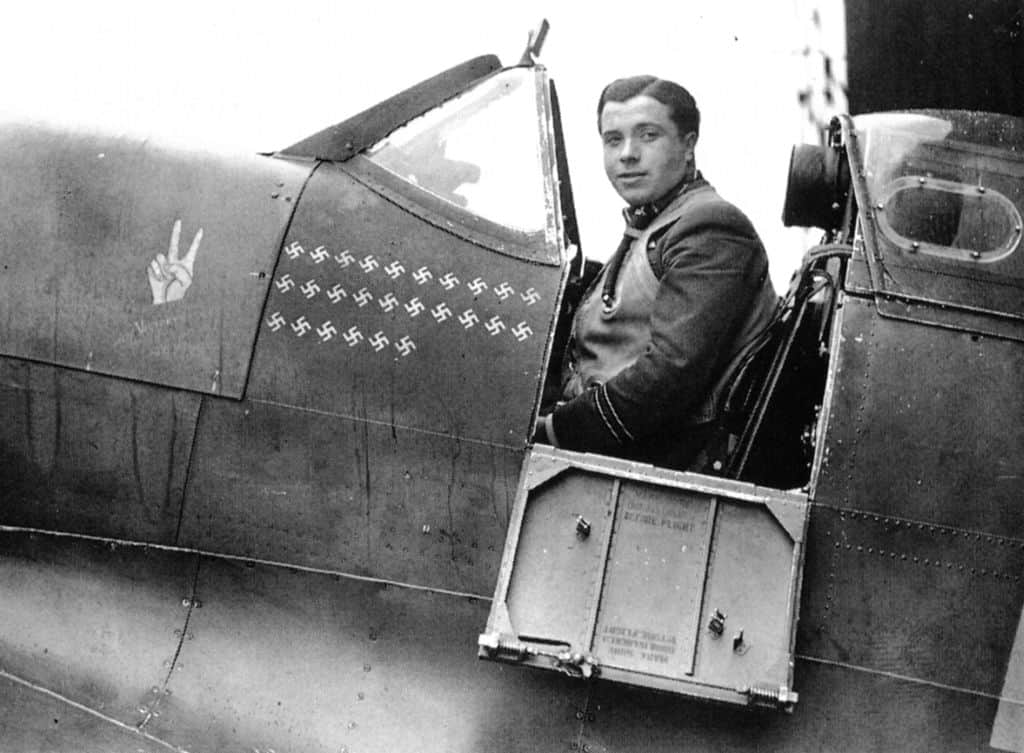
Pilot Officer Eric Lock, a member of 41 Squadron RAF, destroyed three German Heinkel He 111s over the Dover area in September 1940. He was awarded a Bar to the Distinguished Flying Cross (DFC) for this action. The DFC citation also stated that he had ‘displayed great courage in the face of heavy odds’ and had destroyed ‘fifteen enemy aircraft within a period of nineteen days.’
Bill Millington
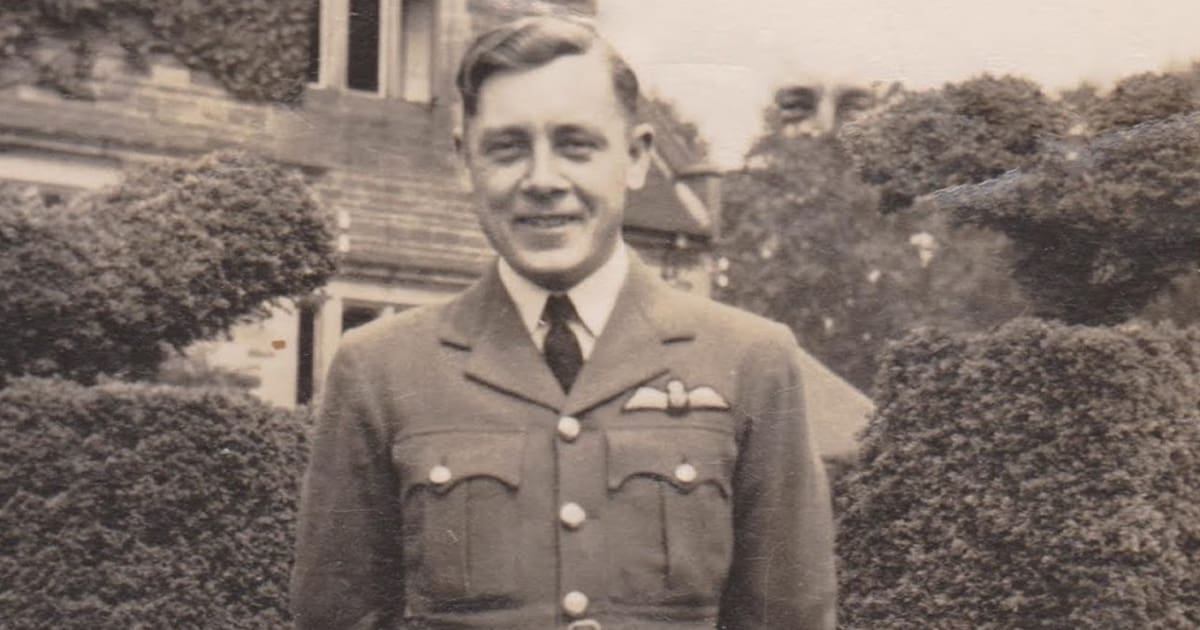
Pilot Officer Bill Millington, who was on aerodrome guard patrol over Kent on 31 August 1940, engaged in a fight with a large number of German Dornier and Messerschmitt aircraft. Although he managed to cause damage to one of the Dornier bombers, he soon found himself outnumbered by the Messerschmitt aircrafts. However, he didn’t leave the fight, and instead fired on the bombers. However, one of them shot his engine and wounded him in the thigh. He knew he would have to abandon the battle. However, he knew that if he parachuted out his plane would crash into a village. Despite his injuries and the danger of remaining in his aircraft, Millington managed to crash-land his Hurricane clear of the village and escape from it before it exploded. He was awarded the Distinguished Flying Cross (DFC) for his bravery in October 1940.
James Nicolson
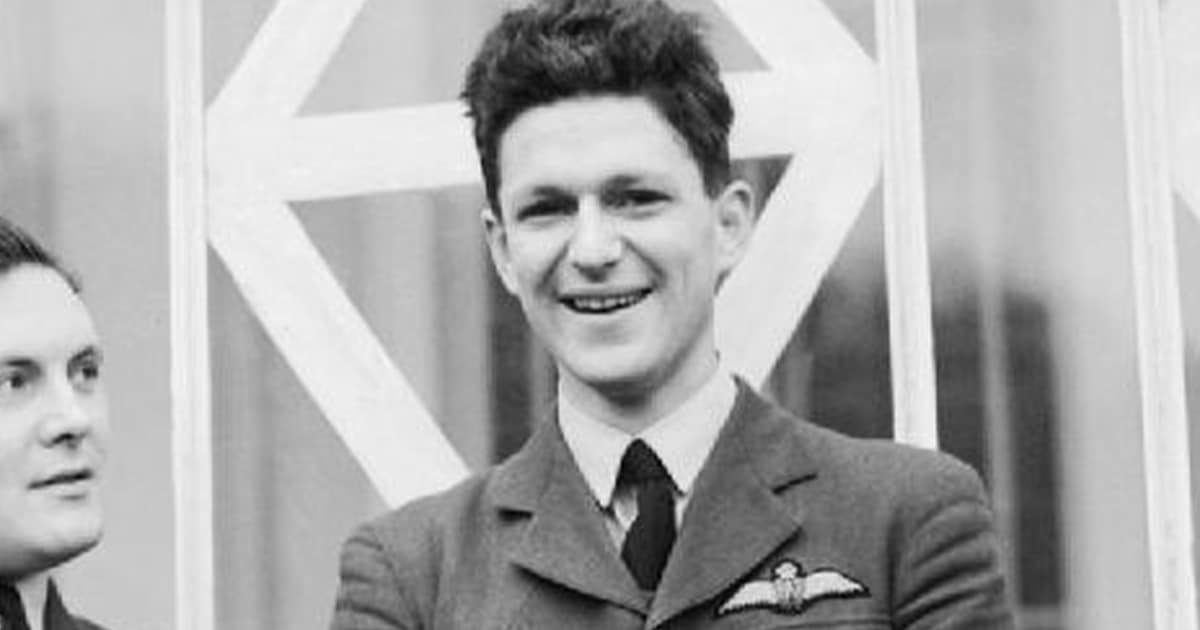
On August 16, 1940, Flight Lieutenant James Nicolson was on patrol near Southampton when his Hurricane fighter plane came under attack by a German Bf 110 aircraft. He immediately tried to bail out of the blazing aircraft, but just as he did so he spotted another Bf 110 directly ahead. Although he was in severe pain, Nicolson put down his parachute and reached instead for his gun controls. He fired at the German aircraft, keeping up his assault even as it tried to turn and twist away from him. Nicolson managed to land in a field and was rushed to hospital. He was awarded the Victoria Cross, which he received from King George VI at Buckingham Palace in November 1940.
Dan Crowley
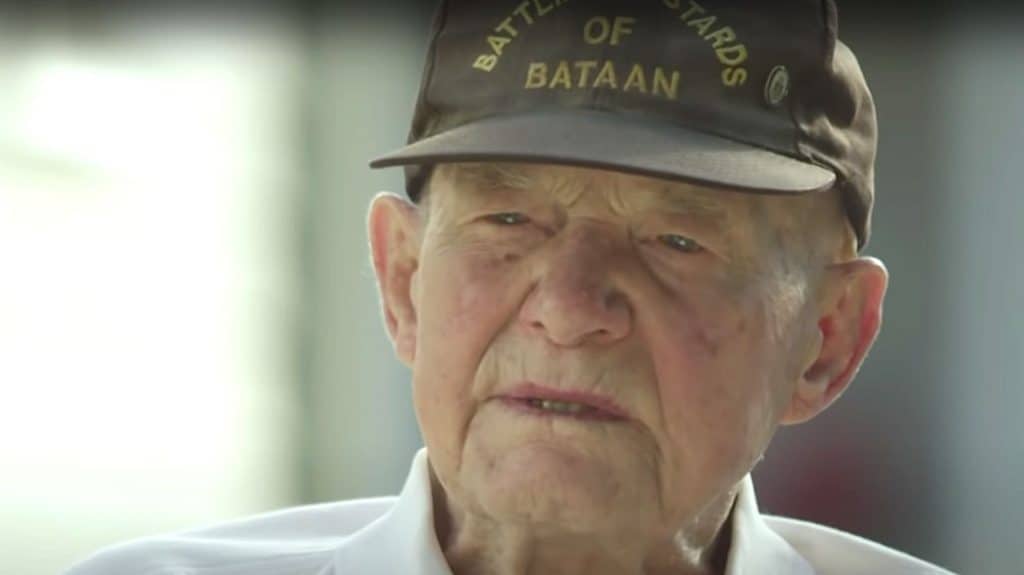
The day the United States declared war on Japan following the attack on Pearl Harbor, the Japanese attacked American bases in the Philippines, including Nichols Field. Army Air Corps Dan Crowley was stationed there but was not trained for combat. However, despite this fact, he immediately leapt into action to defend his fellow soldiers from the incoming attack. Crowley improvised with the antiquated machine guns he had on hand, creating a powerful defense for the troops. As Japanese forces closed in, Crowley swam through shark-infested water to avoid capture. After three and a half years as a prisoner of war, he was released when Japan surrendered.
Vikram Batra
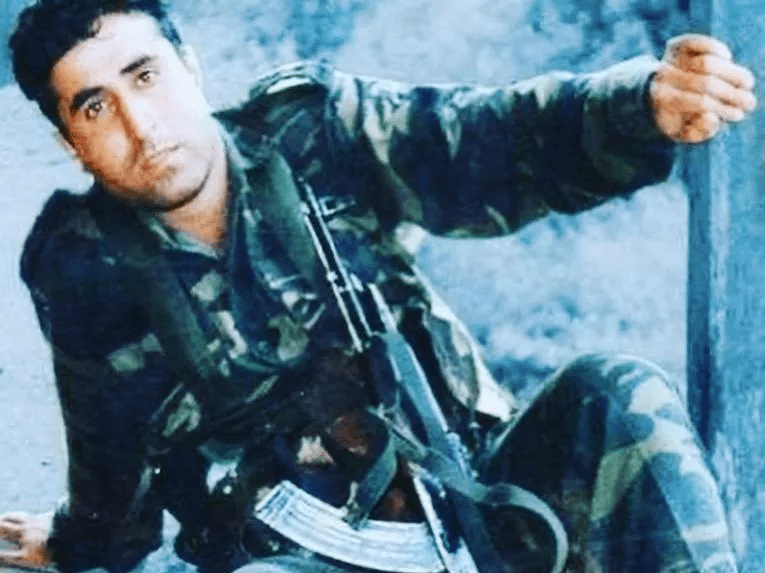
Captain Vikram Batra is known as the hero of the Kargil War. He led the recapture of Peak 5140, which was held by enemy forces at 17,000 feet. During this mission, he was seriously injured but still managed to kill three enemy soldiers in close combat. He went on yet another difficult mission to recapture Peak 4875 on July 7, 1999. It was one of the most difficult missions ever attempted by the Indian army, since Pakistani forces were stationed above the peak at 16,000 feet and the climb gradient was 80 degrees. He was later killed while clearing enemy positions. He was honoured with India’s highest military honour—the Param Vir Chakra—for his actions.
Ian Cardozo
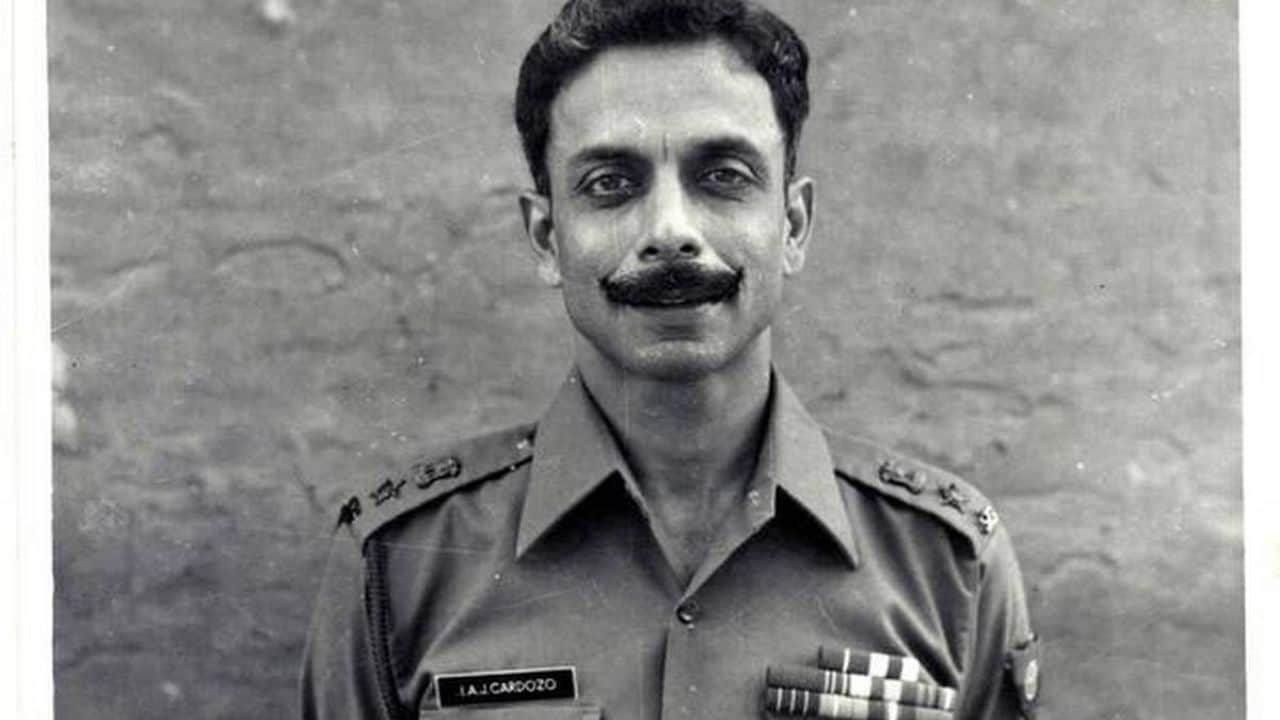
Major General Cardozo will always be known for his bravery in the 1971 war with Pakistan. In the midst of battle, he stepped on a landmine and severely injured his leg. The doctors could not remove it; so Cardozo took out a khukri (Gorkha knife) and cut off his own leg, saying, “Now go and bury it!” Despite his injury, Cardozo went on to serve his country. He became the first disabled officer in the Indian Army to command an infantry battalion and a brigade. In spite of not being physically at par with other officers, he defeated many of them in fitness tests during his stint in the army.
Mohammad Usman
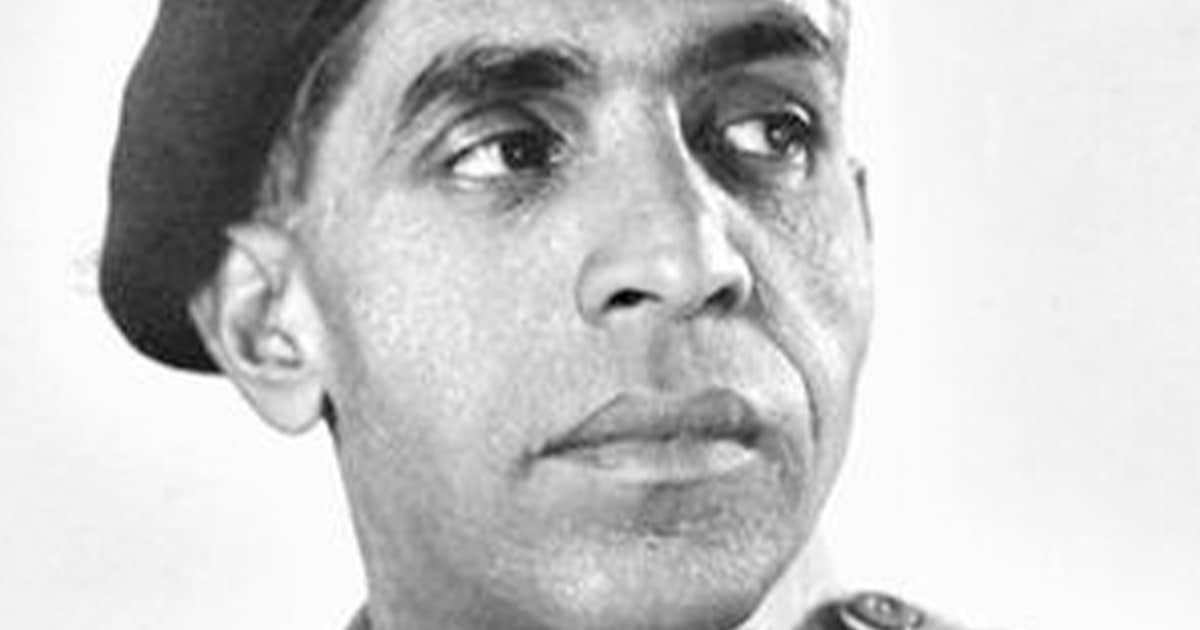
Brigadier Usman joined the Indian army in 1934. During the Indo-Pakistan War of 1947/48, he repelled a fierce attack on Naushera and Jhangar and was nicknamed “The Lion of Naushera” because of his courage. After the Battle of Naushera, the Pakistan government placed a Rs. 50,000 bounty on his head. Usman was not just a fierce soldier but also a compassionate man. He never got married and donated a large part of his salary to support poor children and pay for their education. He died defending Jhangar on July 3, 1948 and was posthumously awarded the Maha Vir Chakra.
Jaswant Singh Rawat
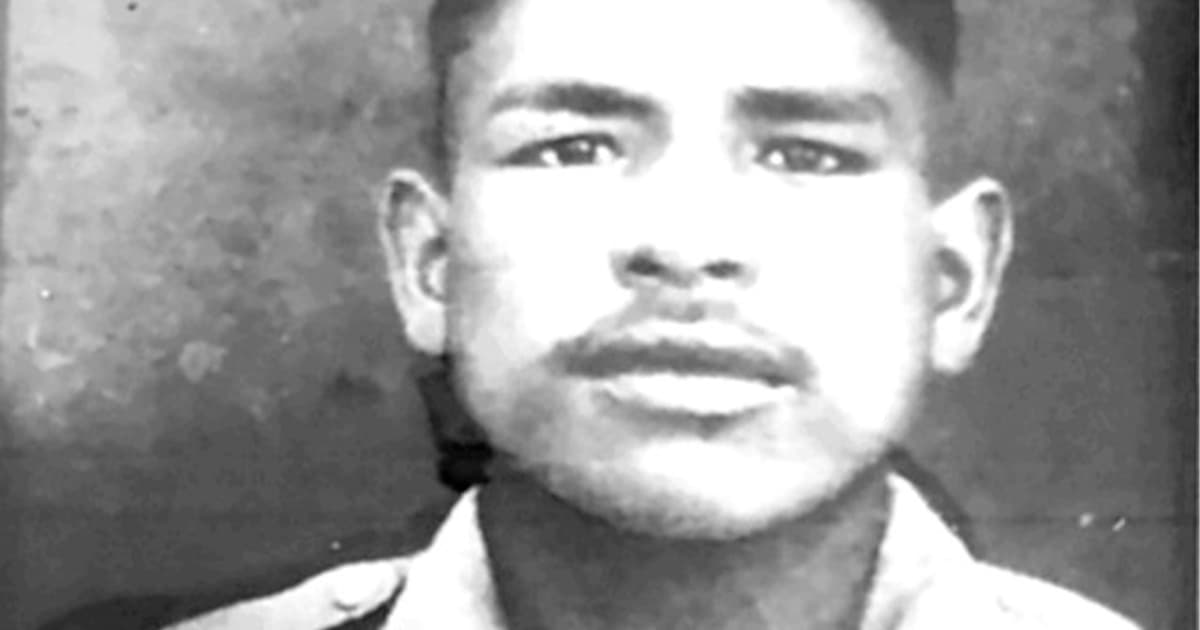
Jaswant Singh Rawat is the only soldier in Indian military history whose rank rose after his death. During the 1962 Indo-China war, Rawat refused to leave his position even after other soldiers had left. He was aided by two Monpa tribal girls named Sela and Nura. The trio set up weapons at separate points and maintained a volume of fire to make it seem like the Chinese were facing a huge battalion. Rawat successfully fooled the Chinese forces for three days. But they found out about the plan when a man who supplied rations to Rawat and the two girls revealed their situation. Rawat then shot himself rather than be captured. In recognition of his courage, the post that Rawat held has been renamed Jaswant Garh.
Arun Khetarpal
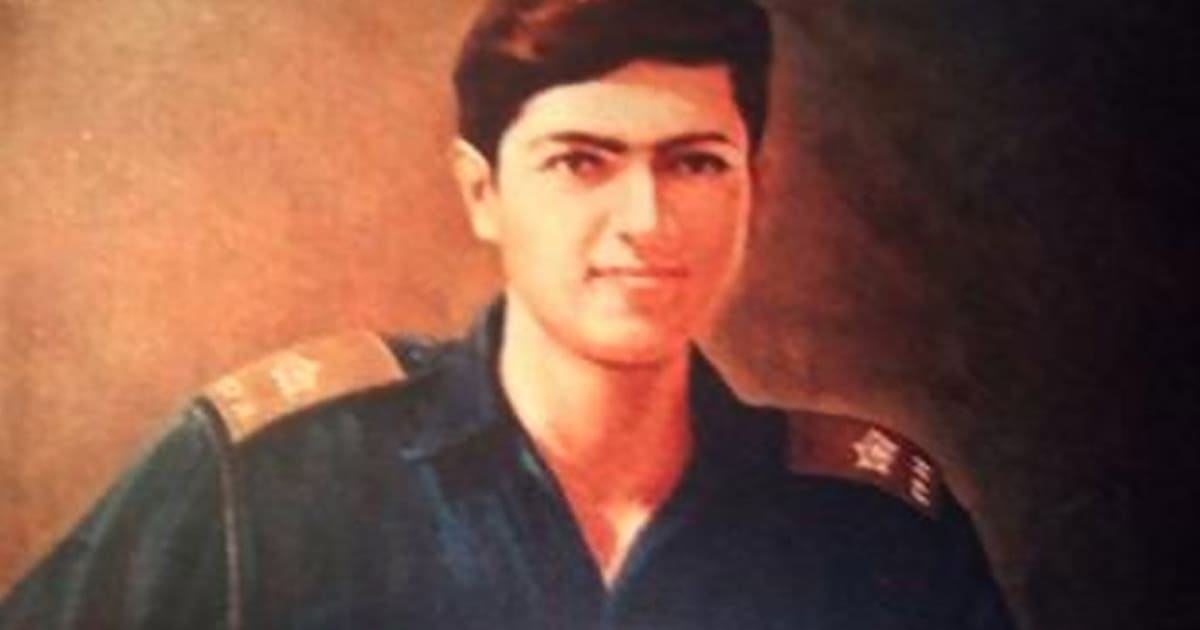
Arun Khetarpal died at the young age of 21 in the Battle of Basantar during the Indo-Pakistan War of 1971. He was posthumously awarded India’s highest military honor, the Param Vir Chakra. In 1971, after an attack, Khetarpal moved his tanks forward and overran the enemy’s defences. He then captured Pakistani infantry and weapons before destroying a retreating tank with his own tank. He managed to hit 10 enemy tanks, but he was then asked to abandon it. Realizing that if he did, the enemy would break through, he fought on courageously, destroying another tank. But then his own tank received another hit—and this time it was fatal.
Somnath Sharma
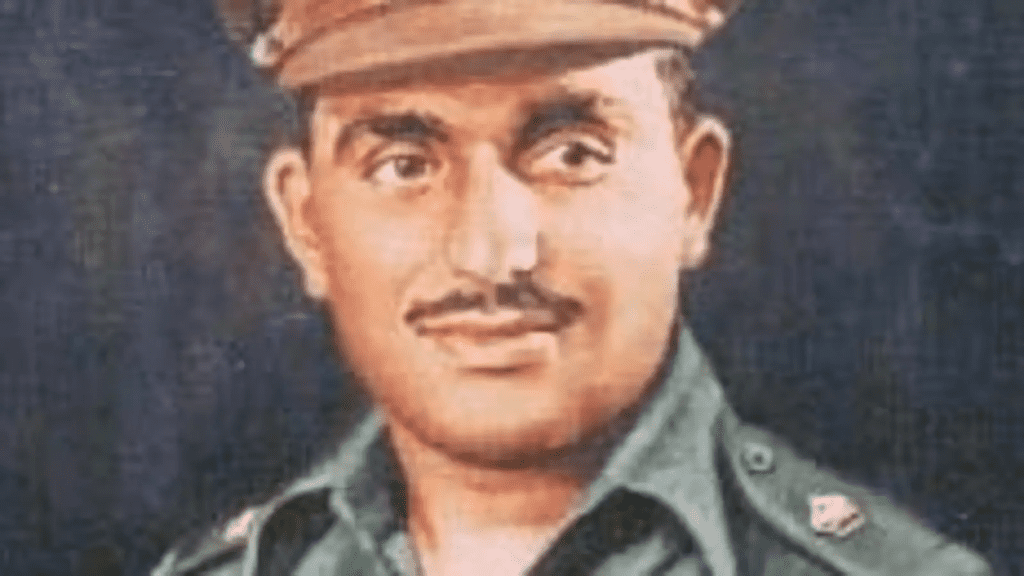
At 24 years old, this soldier sacrificed his life while fighting in Kashmir on November 3, 1947. When his company came under attack by 700 raiders from the direction of Gulmarg, Sharma ran from post to post encouraging his men to fight back despite being outnumbered seven to one. When heavy casualties adversely affected his company’s firing power, Sharma—who had sustained an injury to his left hand—filled the magazines of the men operating light machine guns. While he was busy fighting, a mortar shell exploded on the ammunition near him, killing him instantly. Sharma was the first recipient of the Param Vir Chakra.
Naik Jadu Nath Singh
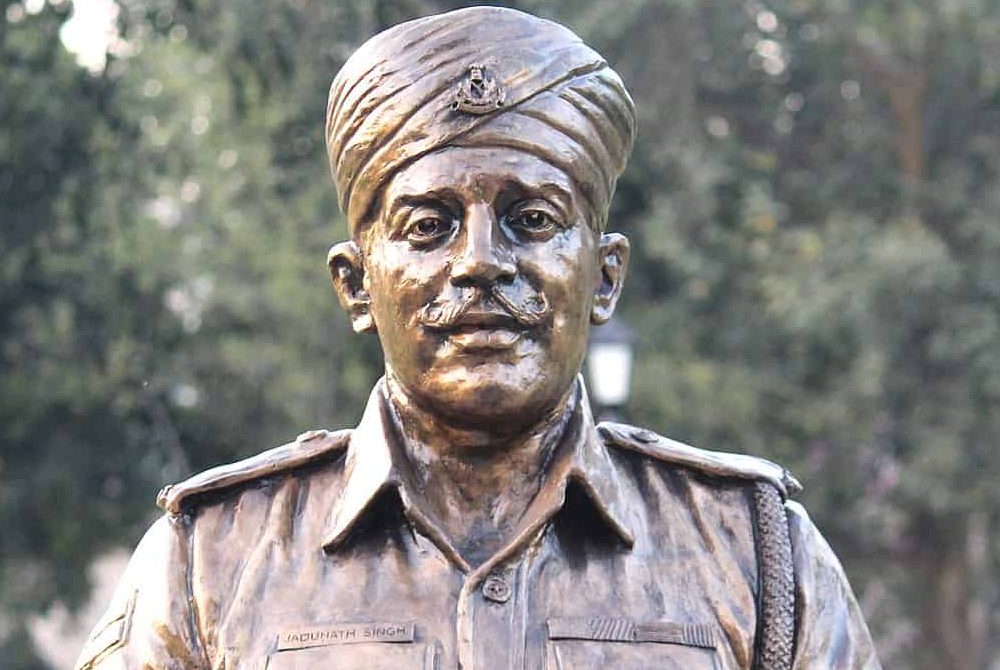
Naik Jadu Nath Singh was the fourth person to receive the Param Vir Chakra. In 1948, Singh was stationed in Taindhar when Pakistani troops attacked his position. Despite being outnumbered, Singh used his small force to drive them back. He fought bravely despite being wounded four times. When all his men, himself included, were wounded, Sharma took over the Bren gun from the wounded gunner and continued to fight. The enemy attacked again and again, but Sharma’s fire forced them to retreat in confusion each time. Unfortunately two bullets caught Sharma in the head and chest, and he died instantly.
Karam Singh
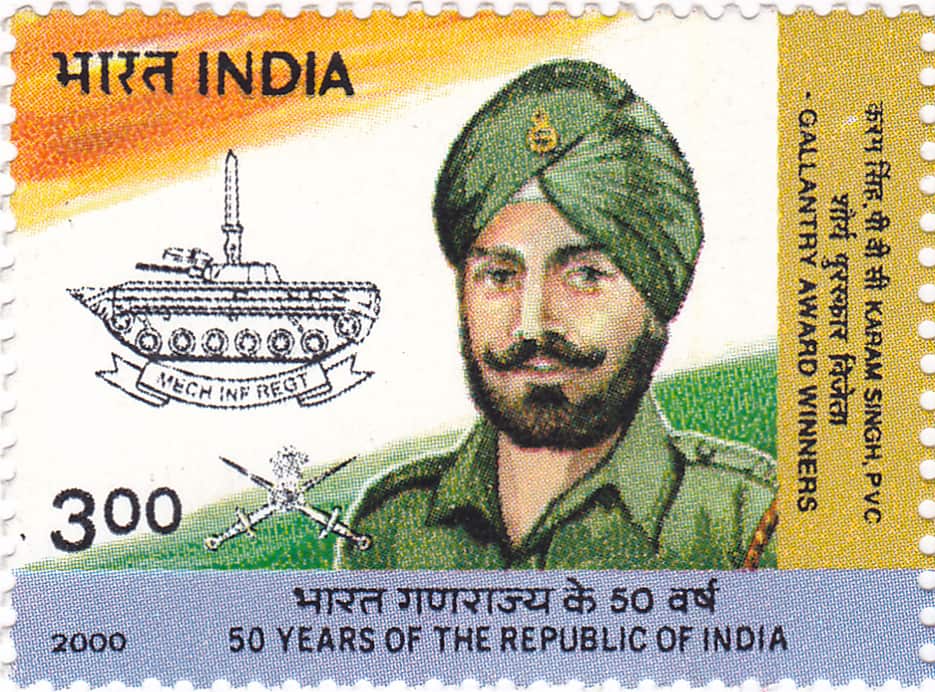
Karam Singh is the only Indian to win the highest medals of both the British and Indian governments. Singh is best known for his courage on 13 October, 1948; when Pakistan decided to launch a brigade attack to retake Richhmar Gali in Kashmir, he destroyed almost all the bunkers in his platoon with his machine gun. Singh was severely injured, but he refused to evacuate the post. When the enemy got very close, he jumped out of his trench and stabbed two intruders to death. This brave act demoralized the enemy so much that they broke off their attack.
Ramaswamy Parameswaran
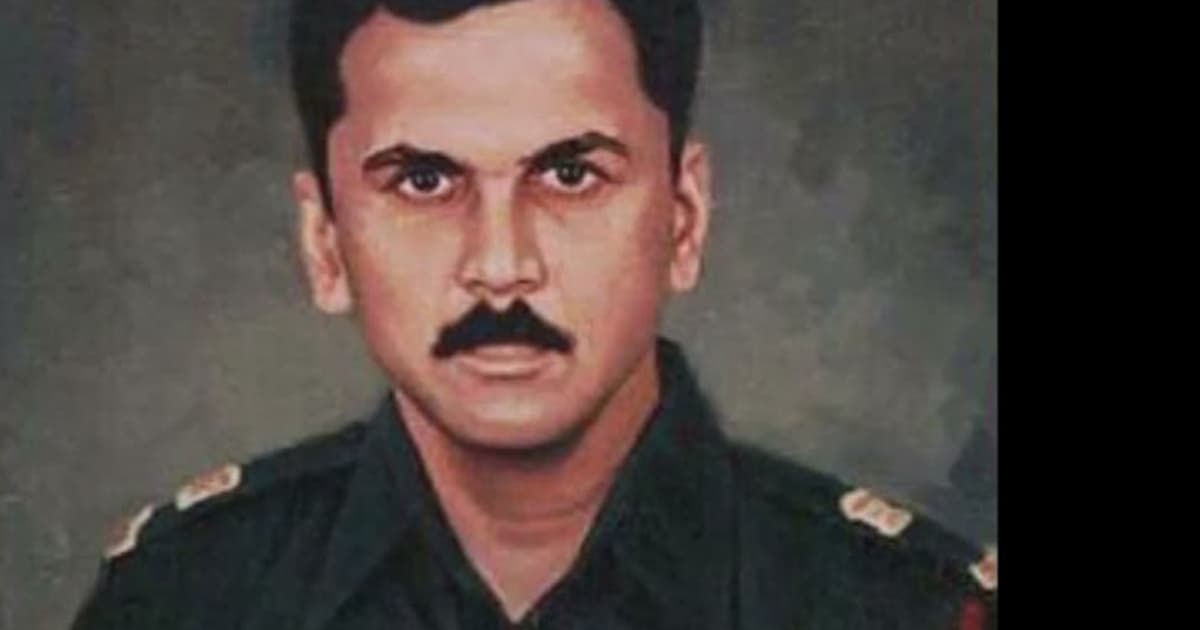
It was late at night when Parameswaran was returning from a search operation in Sri Lanka, when his column was attacked by a group of militants. He didn’t panic. Instead, he moved quickly to attack the enemy from behind, surprising them with an unexpected assault. However, he was shot during hand-to-hand combat. Undaunted by the bullet hole in his chest, Parameswaran snatched the militant’s rifle and shot him dead. He continued giving orders to his men and inspired them to fight on, until he collapsed from blood loss. Five militants were killed, and three rifles and two rocket launchers were recovered.
Richard Marcinko
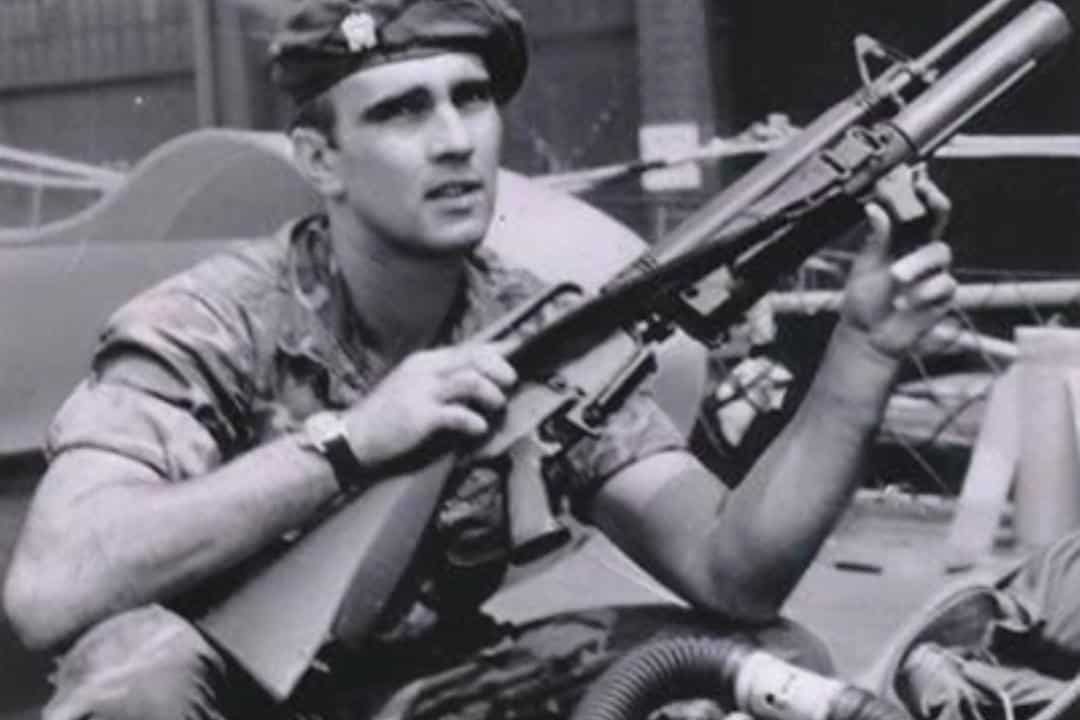
Richard Marcinko, nicknamed “Demo Dick,” dreamed of joining UDT and becoming a Navy SEAL during his time as an operator with the UDT in Vietnam. He was so notorious amongst the Viet Cong that there was actually a 50,000 piaster reward for any Viet Cong brave enough to bring back his head. Marcinko also founded SEAL Team 6 in response to the U.S. military’s failed attempt to extract Americans from the U.S. Embassy in Iran during the Iranian hostage crisis. He led their anti-terror detail and largely shaped them into what they are today.
Norman Cyril Jackson
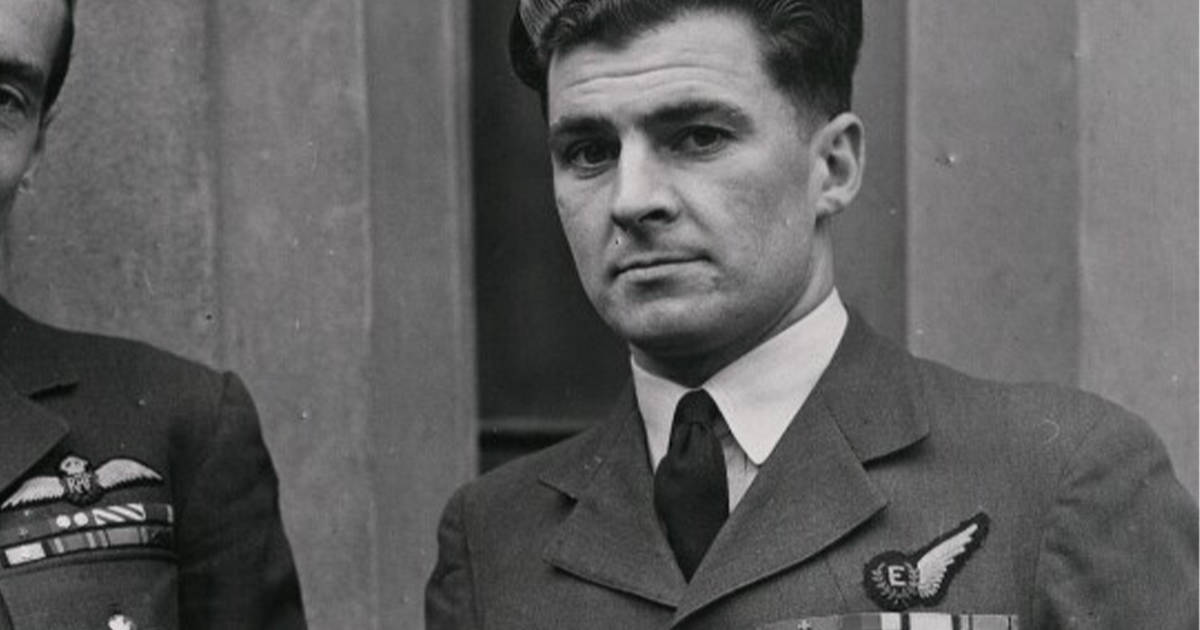
Norman Cyril Jackson, a flight engineer on a Lancaster bomber, climbed out of the plane and onto the starboard wing during an attack by a German Fw 190 fighter. Despite being severely burned and having a broken leg, Jackson managed to crawl to a nearby German village the next morning, where he was paraded through town. He was sent to a prison camp and escaped twice. For his brave act, he was awarded the VC, the highest military award.
Baron Jean de Selys Longchamps
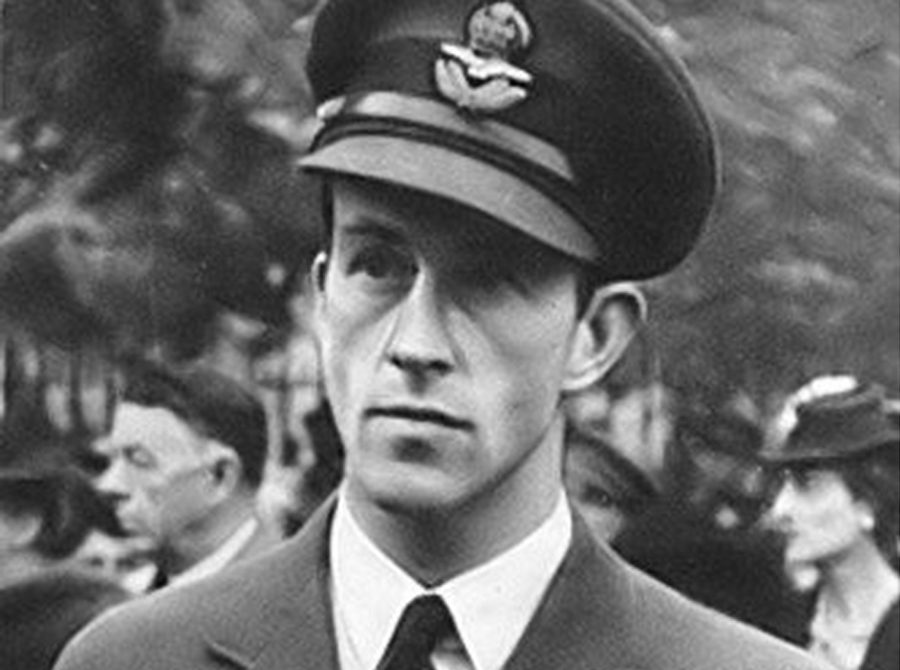
Barón Jean de Selys Longchamps was a Belgian cavalry officer when Germany invaded his country. He escaped to England and later joined No. 609 Squadron, flying Spitfires. A natural leader and aggressive pilot, he shot down two German planes in his first 10 days over enemy territory. On January 20, 1943, he swooped down on Gestapo headquarters in Brussels in a surprise attack that killed several Nazi officers. While flying away from the destruction, he threw out small Belgian and British flags. Despite being reprimanded for showing off, he was awarded the Distinguished Flying Cross for his attack. Sadly, he died a year later when his plane was shot down by ground fire while on a ground attack mission.
Alwyn C. Cashe
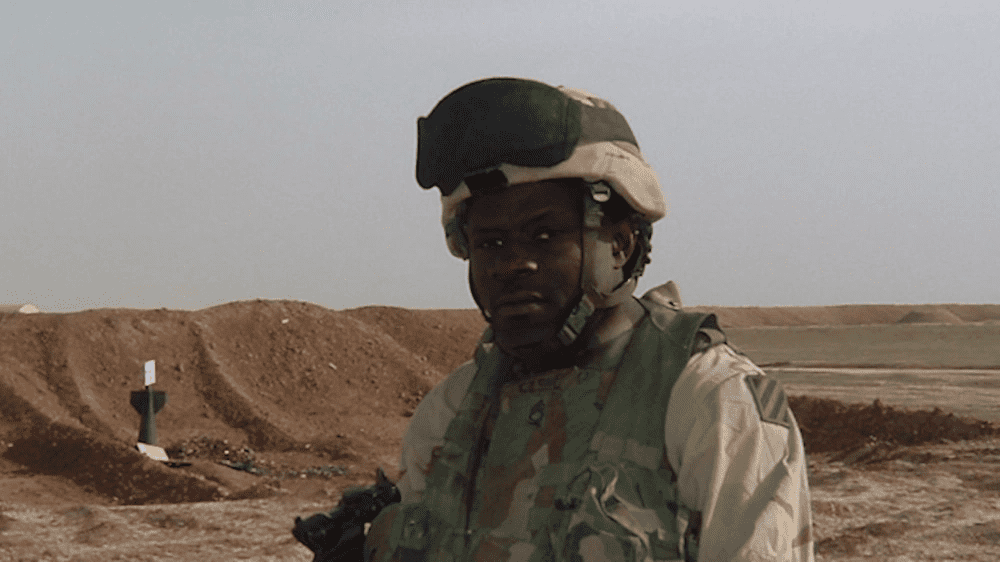
In 2005, while serving in Iraq, Sergeant First Class Alwyn Cashe dove back into a burning vehicle under enemy fire three times to rescue trapped soldiers. While the rescue was in progress, Cashe’s uniform caught fire and he suffered second and third degree burns. Despite the burns, he continued pulling soldiers from the vehicle until all wounded men had been taken out of harm’s way. Cashe regained consciousness later in the hospital and asked, “How are my boys?” He died three weeks later and was awarded the Silver Star. On Dec. 16, 2021, President Joe Biden presented Cashe’s family with the Medal of Honor; he is the first black recipient since 9/11.
Walter Tull
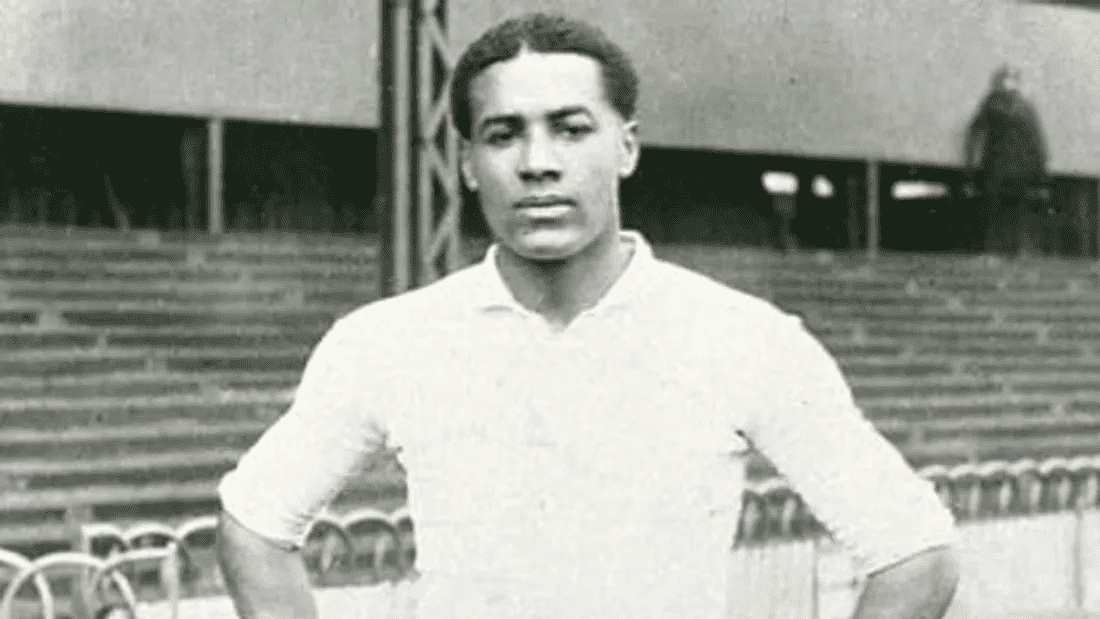
Walter Tull was the first black officer to command white troops in the British Army. Tull enlisted with Middlesex Regiment, a “Footballers’ Battalion,” and fought extensively in World War I. At one stage he was sent home suffering from “shell shock” but returned to battle in 1917 having been commissioned as an officer. Tull was mentioned in dispatches for his ‘gallantry and coolness’ at the battle of Piave in Italy in January 1918. Two months later, he was killed by a sniper’s bullet during the second battle of the Somme.
Ruben Rivers
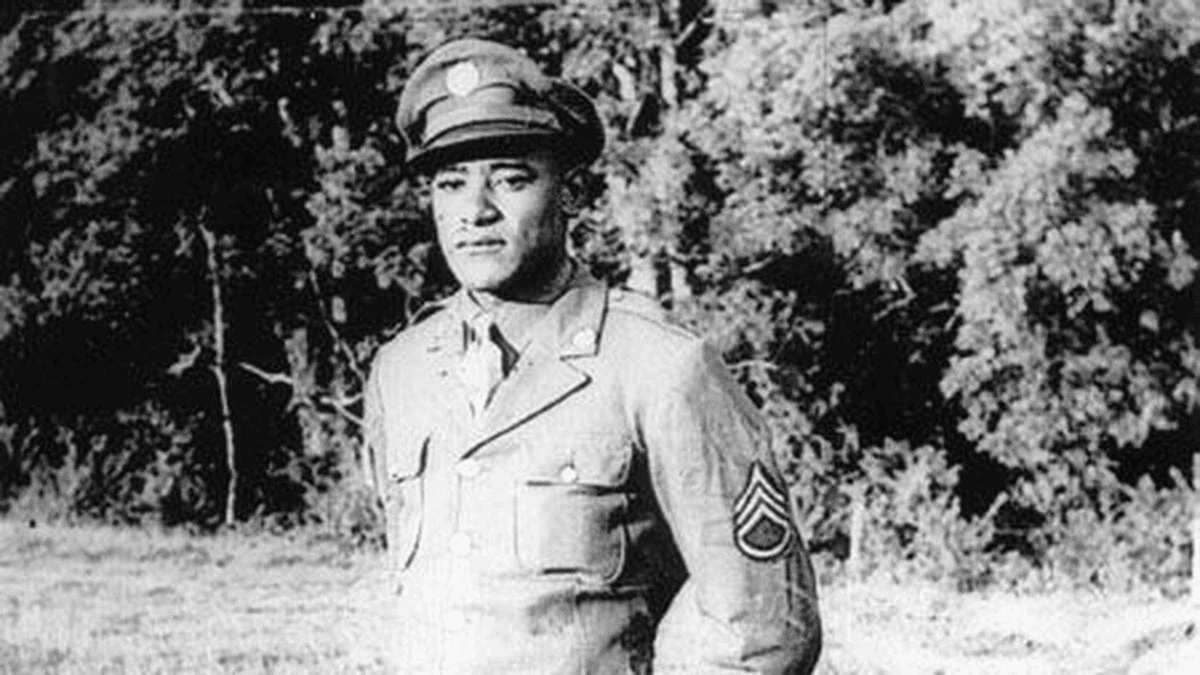
During World War II, many U.S. Army leaders had doubts about deploying African American soldiers overseas. Those unfounded fears were quickly squashed by the rapid achievements of the 761st Tank Battalion, made up primarily of African American soldiers. After hitting a mine with his tank in World War II and suffering a severe leg injury, Rivers disobeyed orders to evacuate and returned to his unit in order to help cover the U.S. retreat from advancing German lines. He was killed in the battle and later posthumously awarded the Medal of Honor by President Bill Clinton.
Lawrence Joel
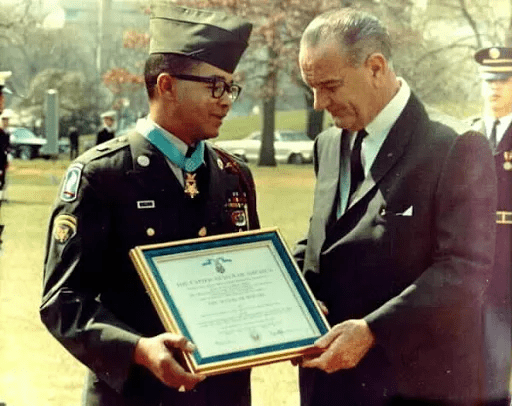
While serving in the 173rd Airborne Brigade during the Vietnam War, Lawrence Joel’s bravery was noticed by his fellow soldiers. After Joel’s battalion was suddenly ambushed by the Viet Cong, he quickly disregarded his own safety and moved through the battlefield tending to those who had been shot. He disobeyed direct orders to stay down and shouted words of encouragement to anyone fighting around him. In a battle that lasted 24 hours, even after he ran out of medical supplies, Joel continued to save the lives of his unit with improvised materials. He was presented with the Silver Star, the military’s third-highest award for valor, and the Medal of Honor for his heroism. He was the first medic to receive the Medal of Honor during the Vietnam War and the first living African American to receive it since 1898.